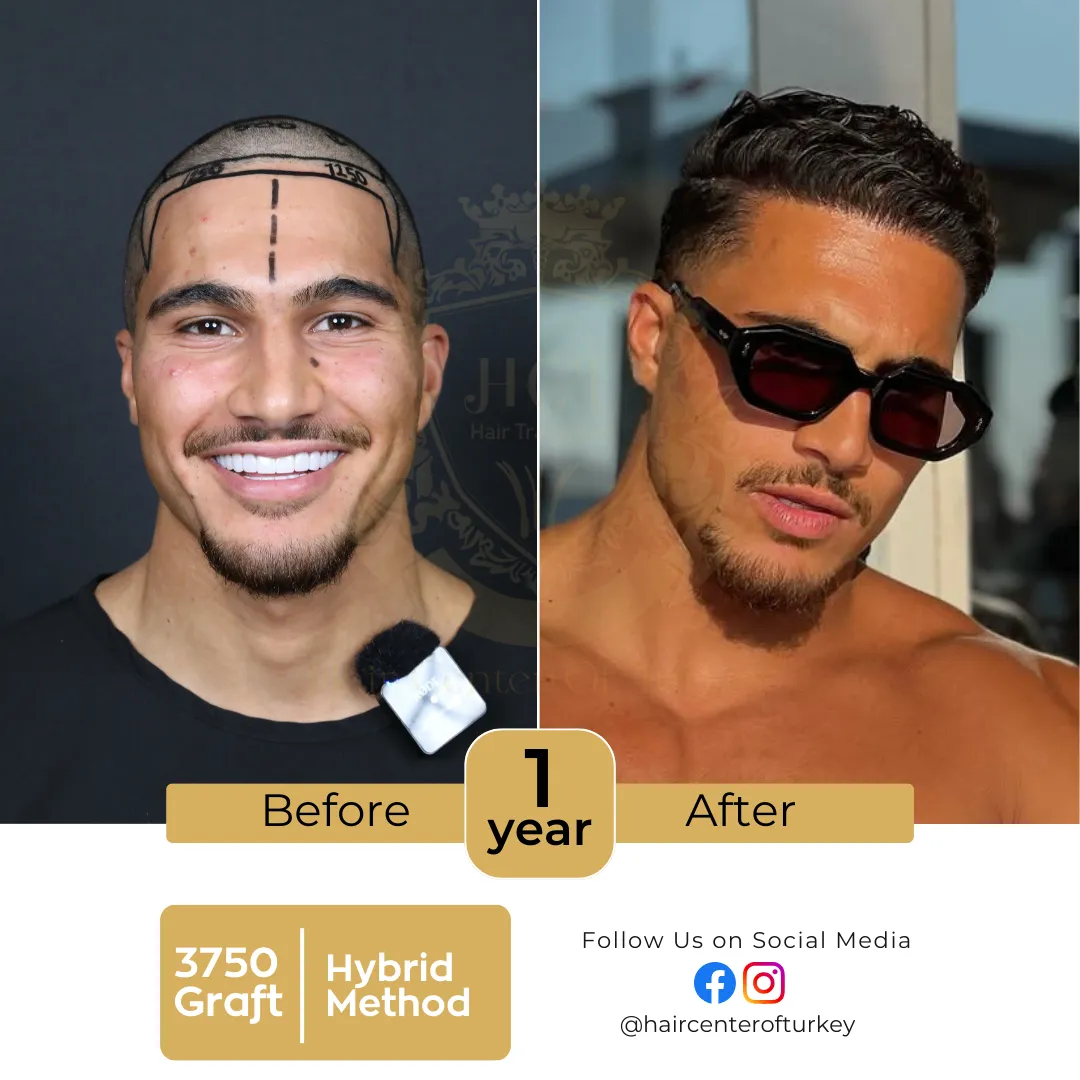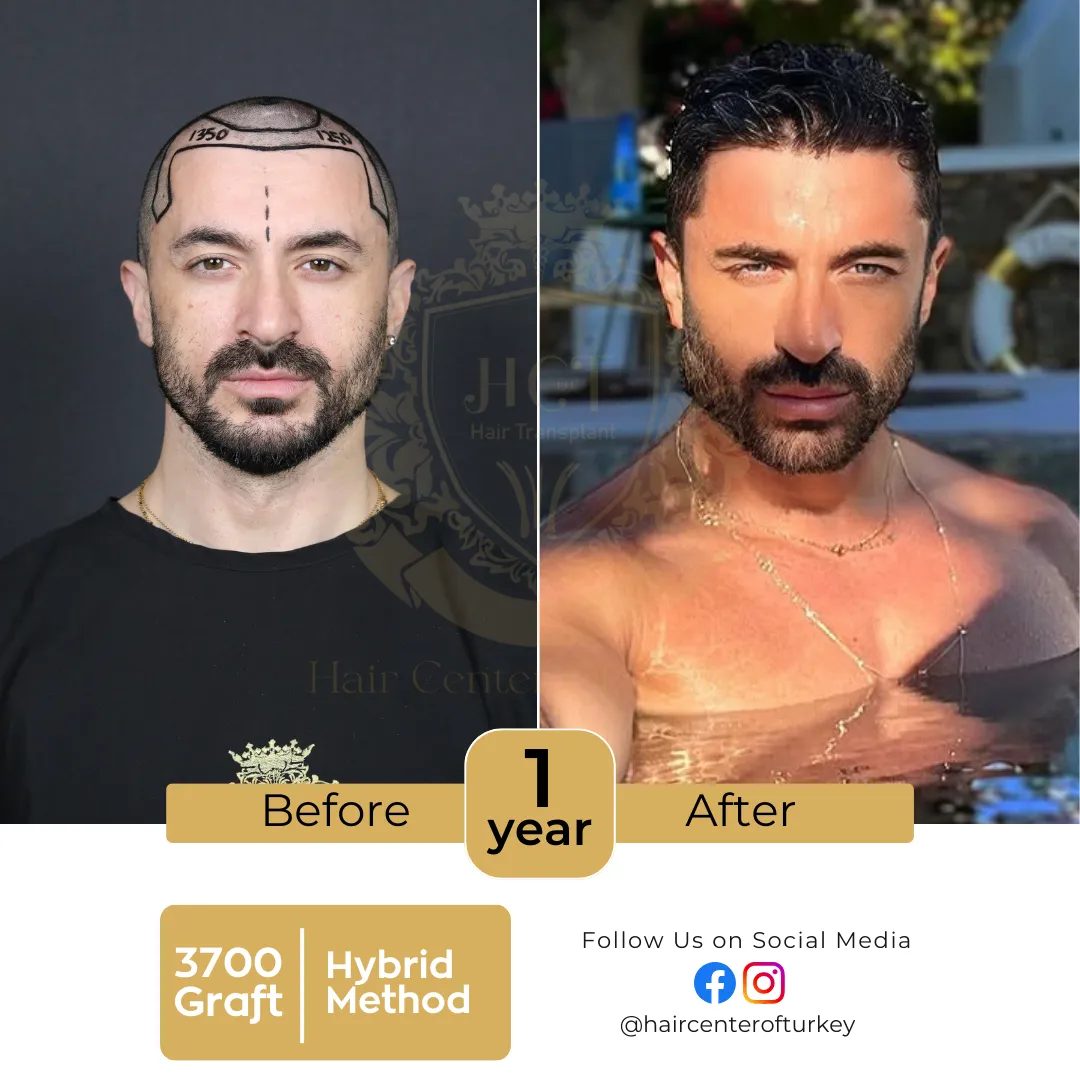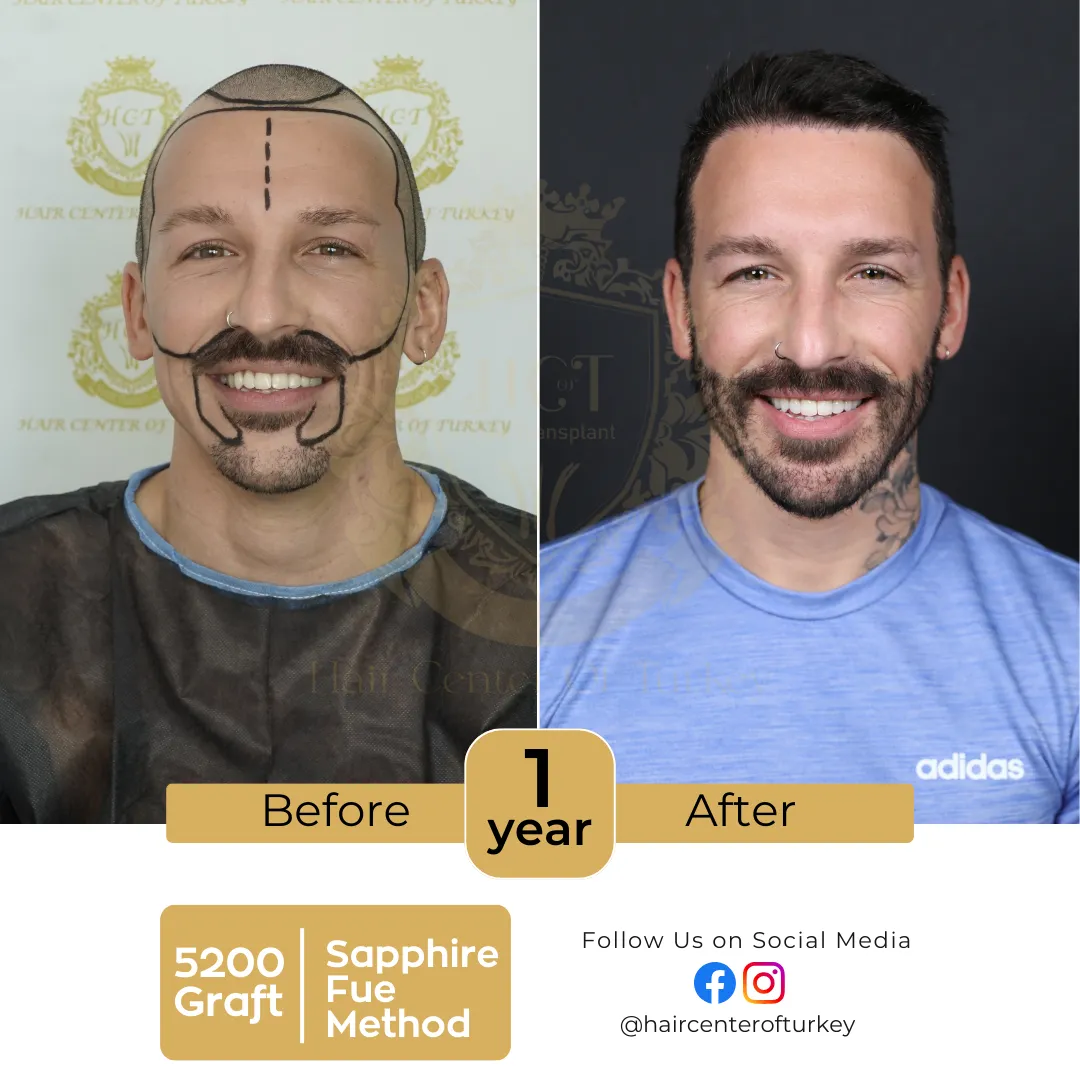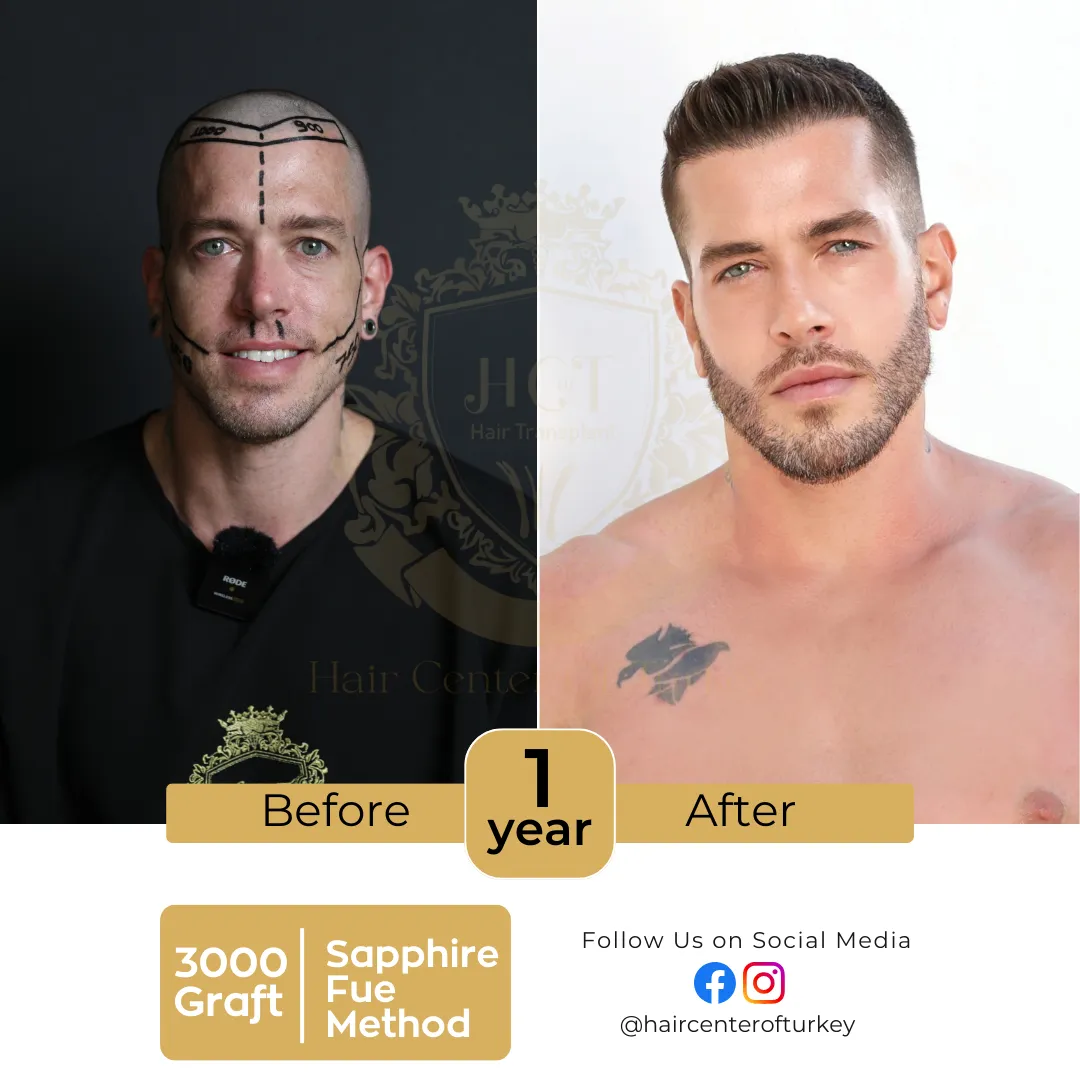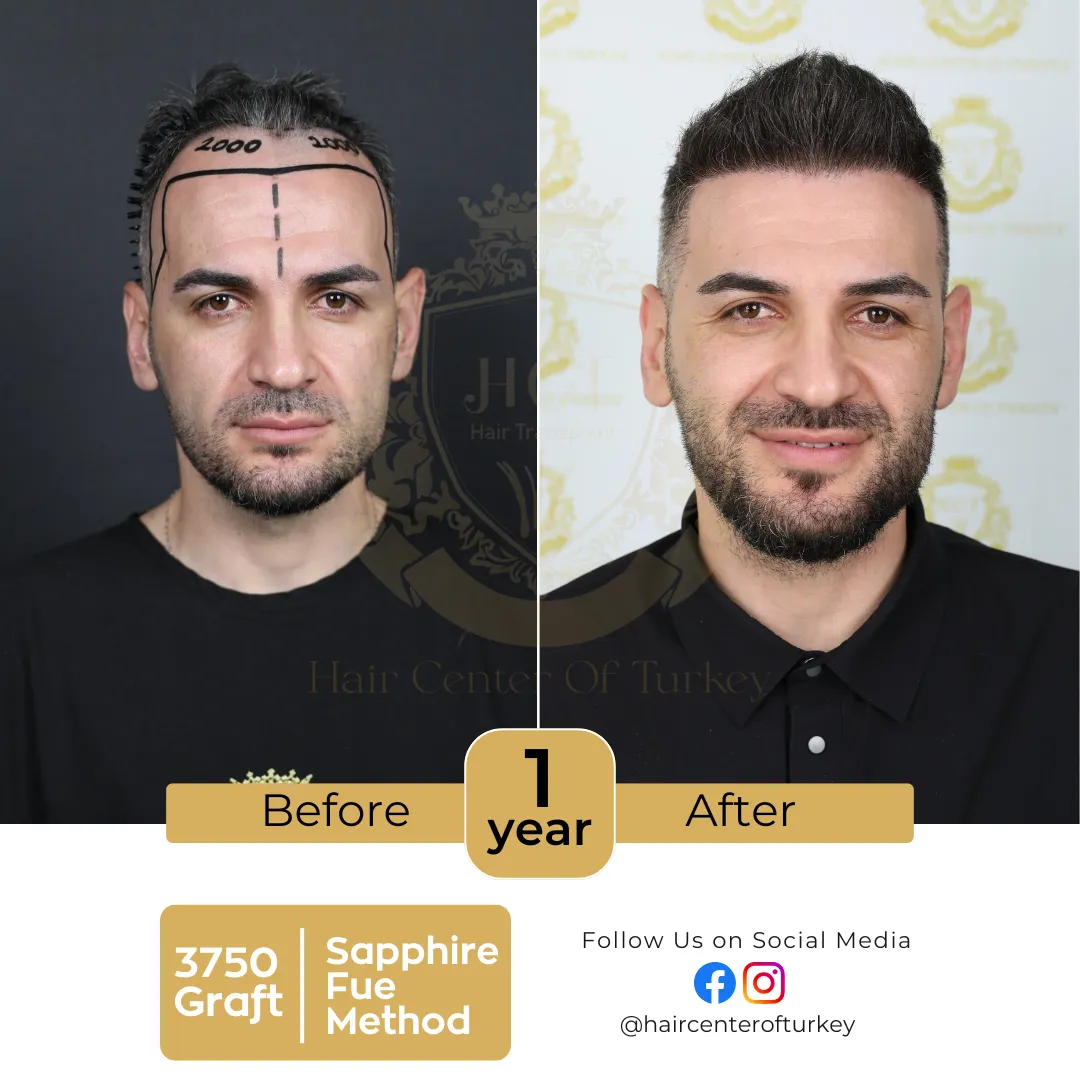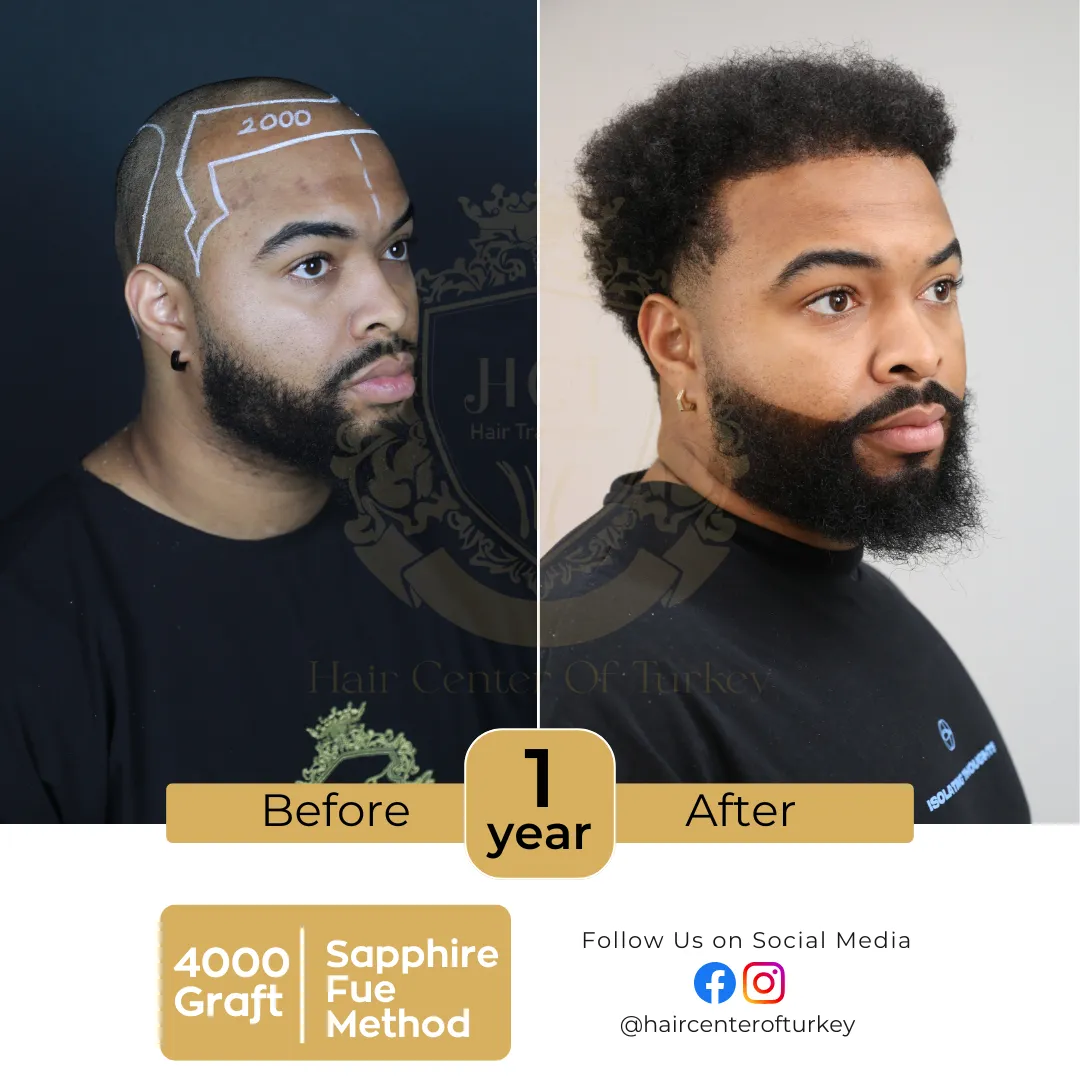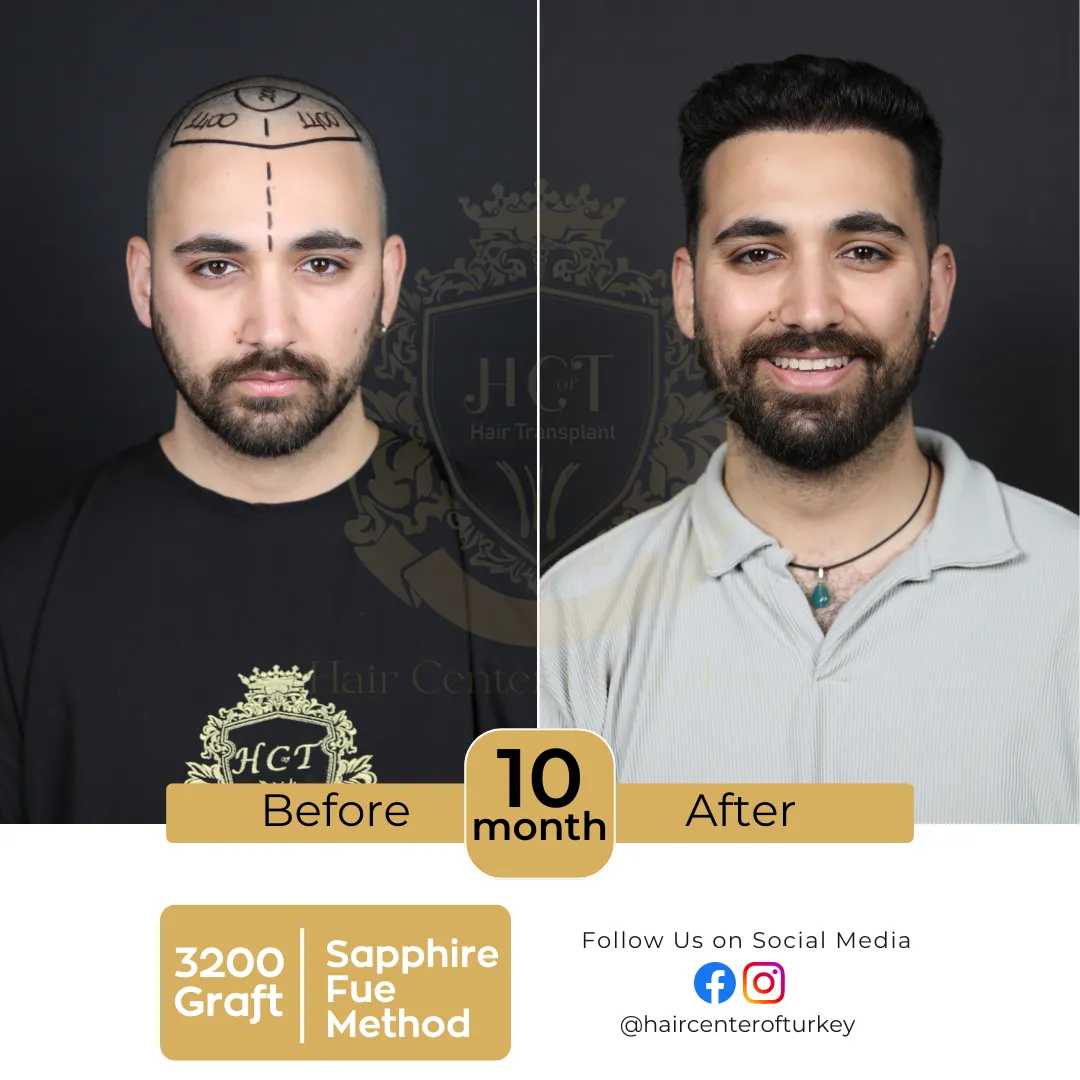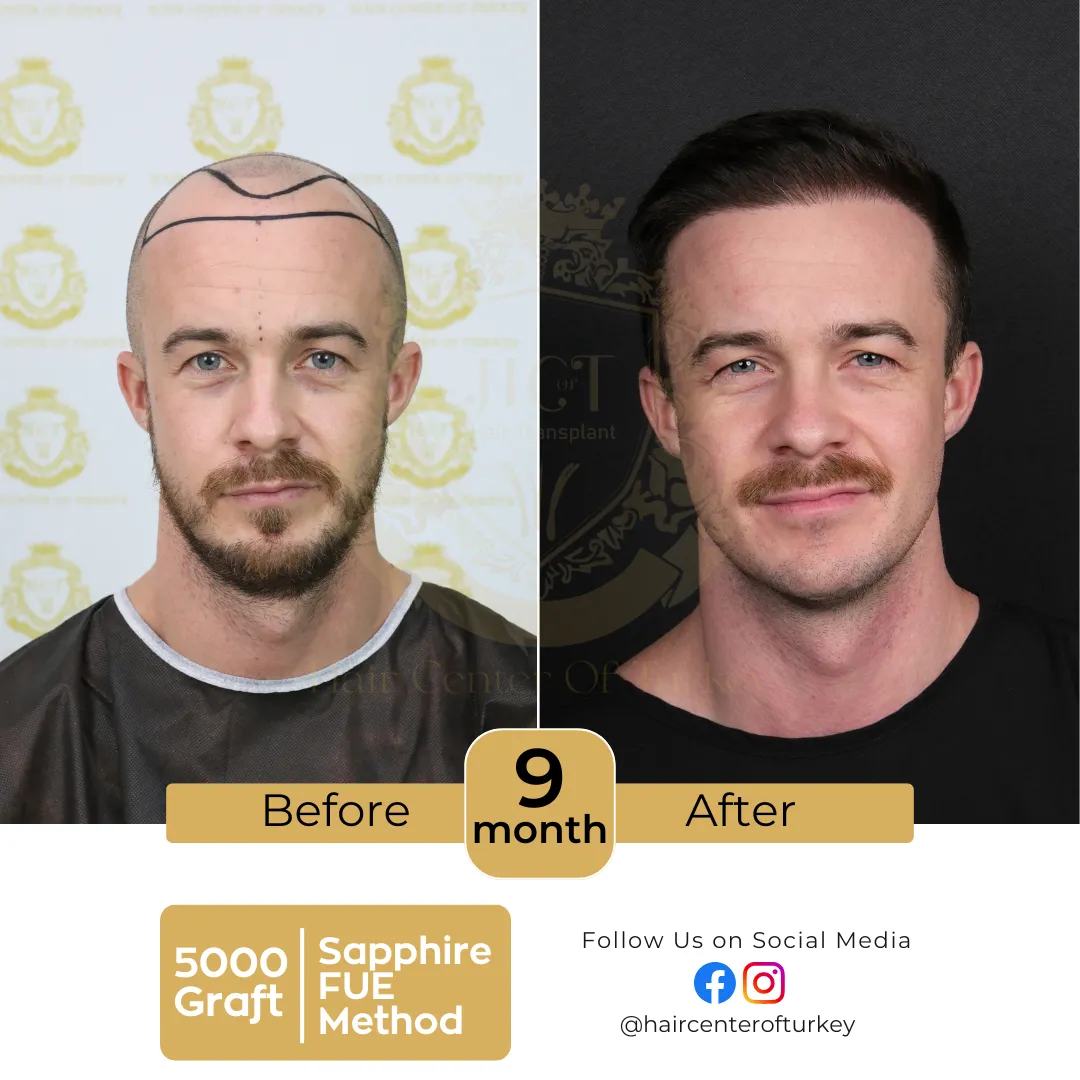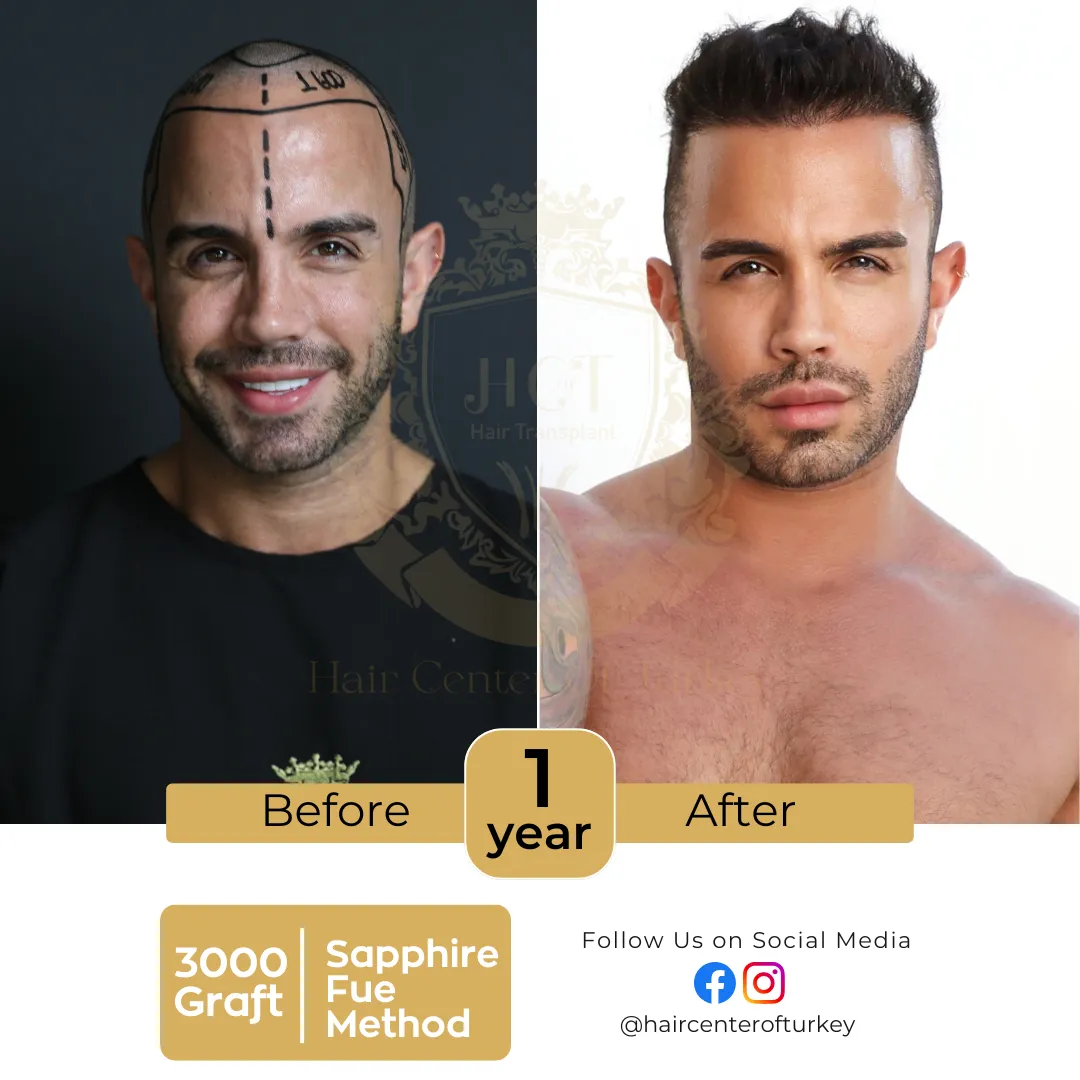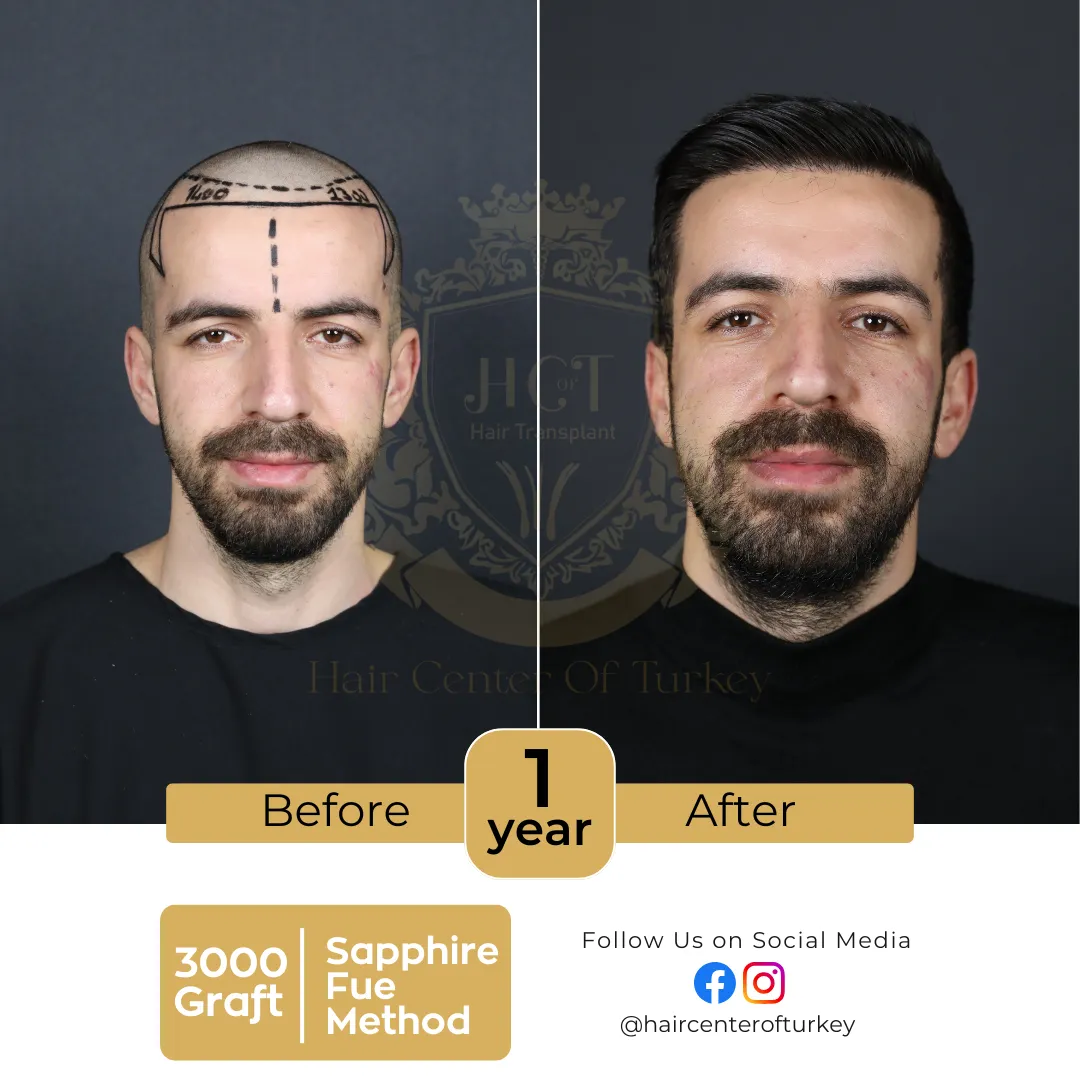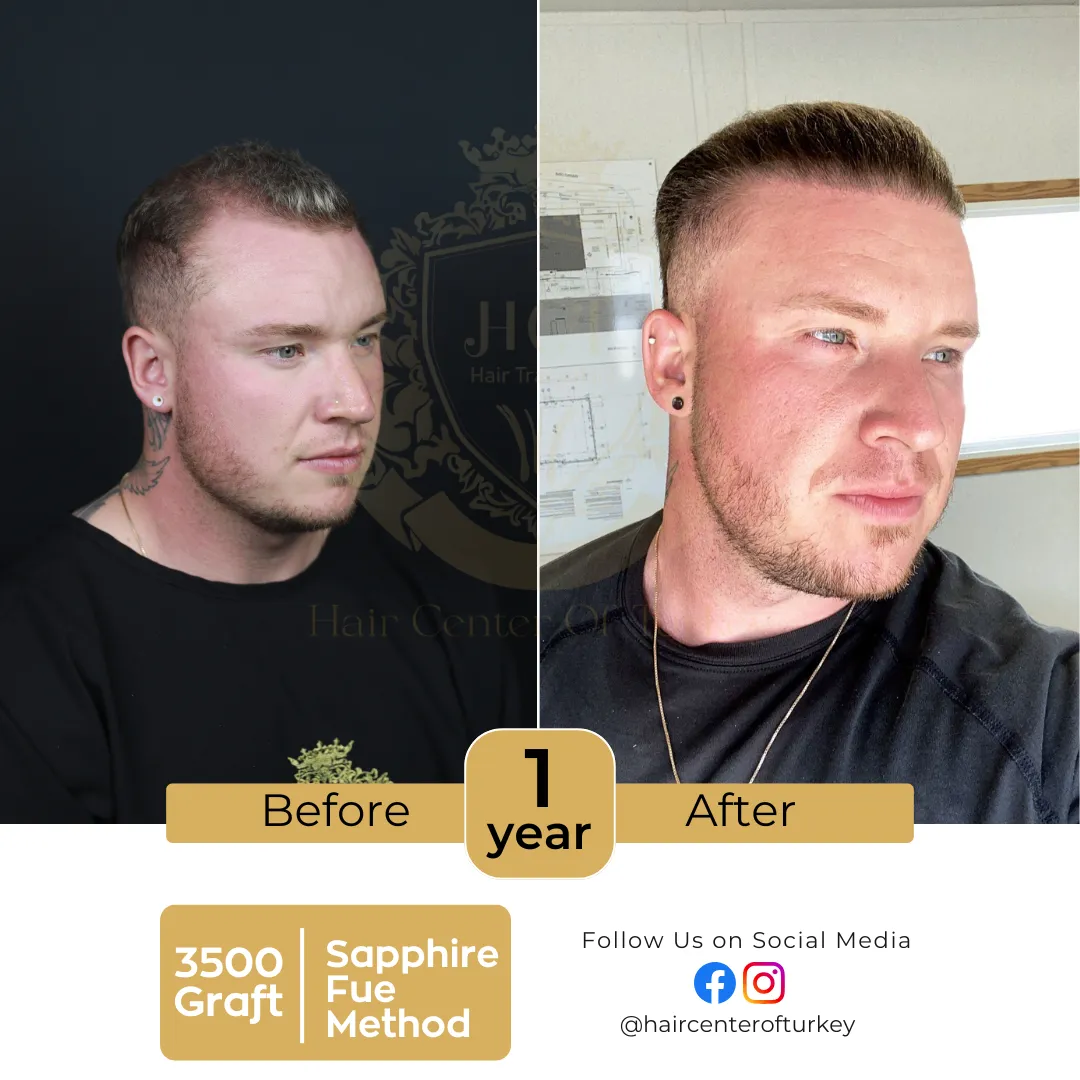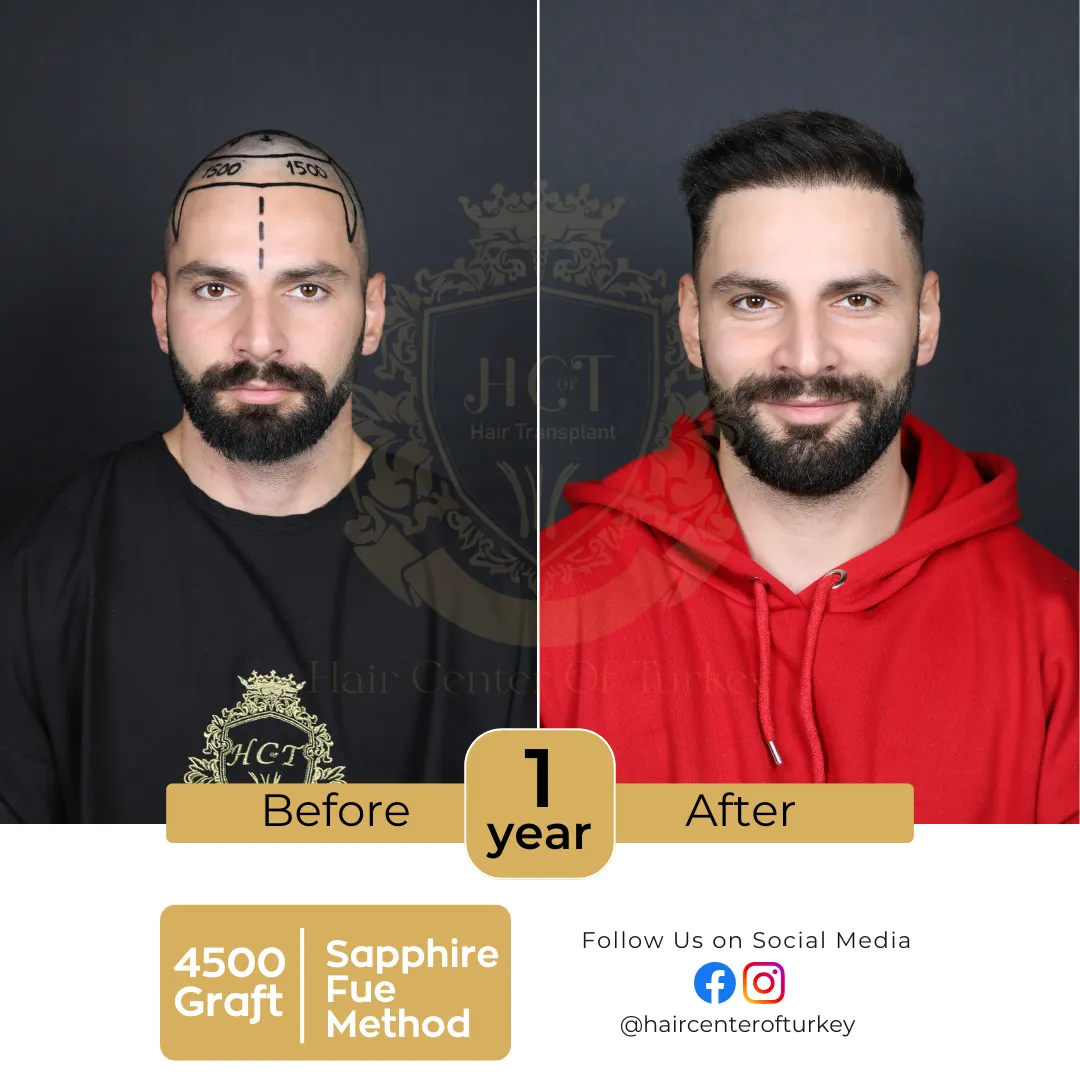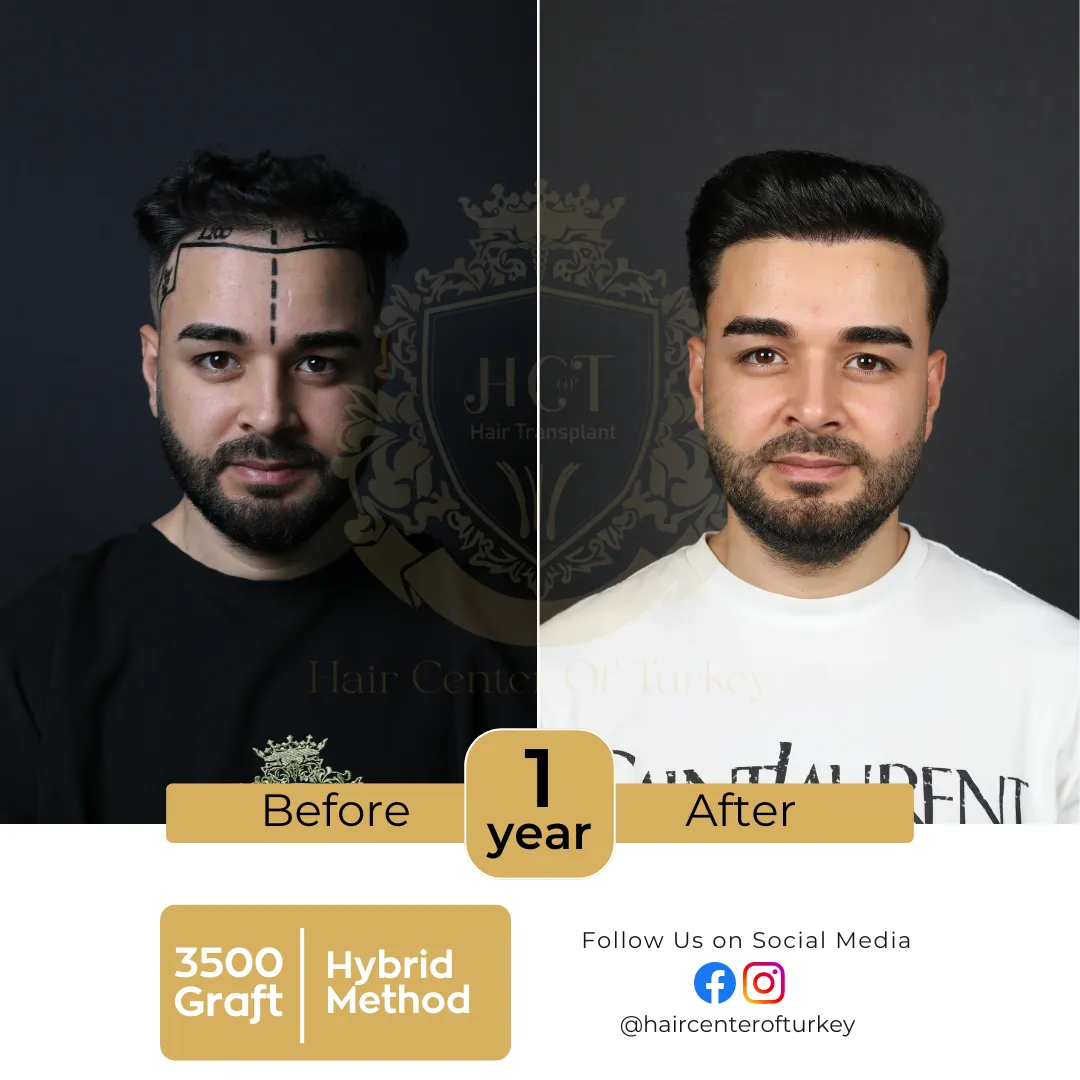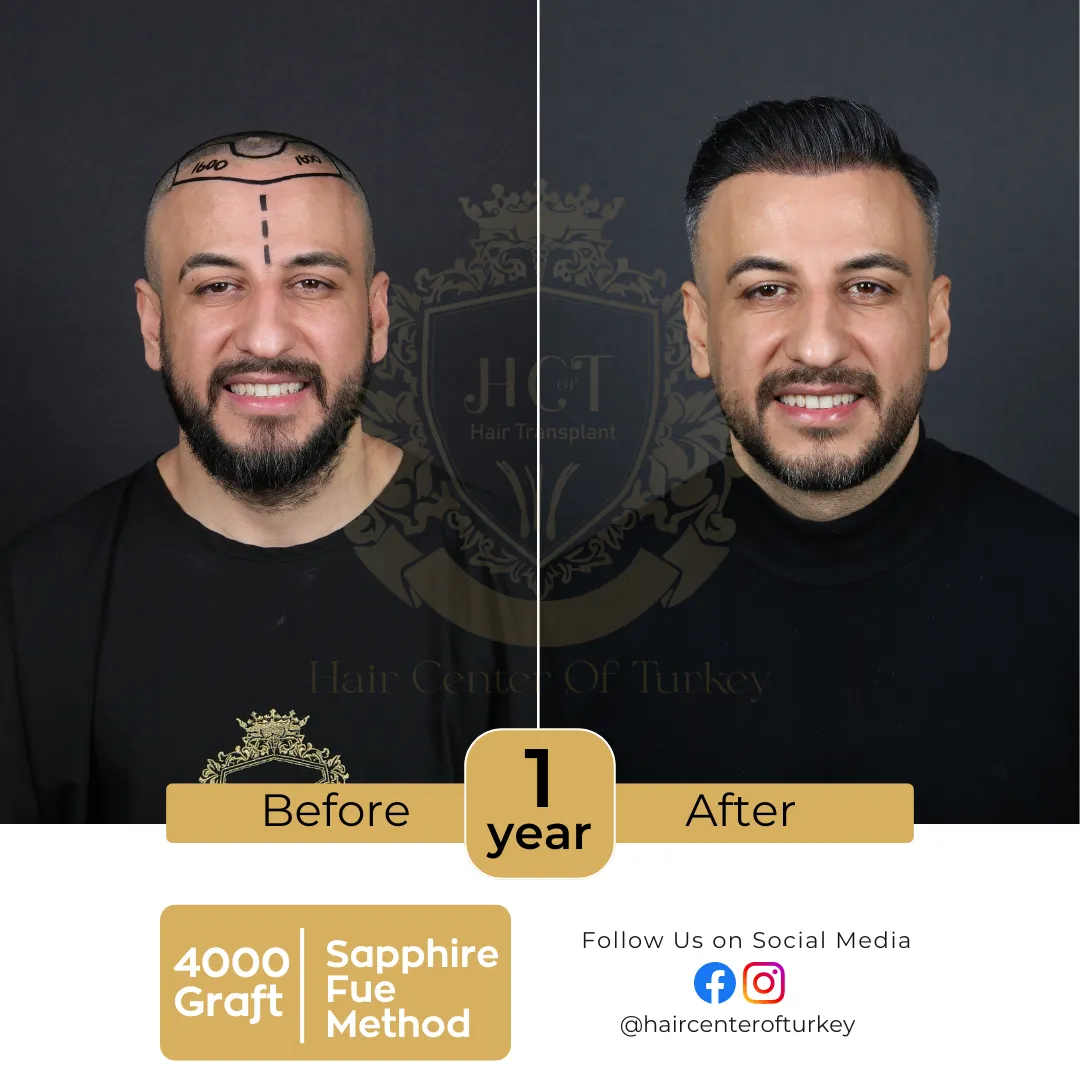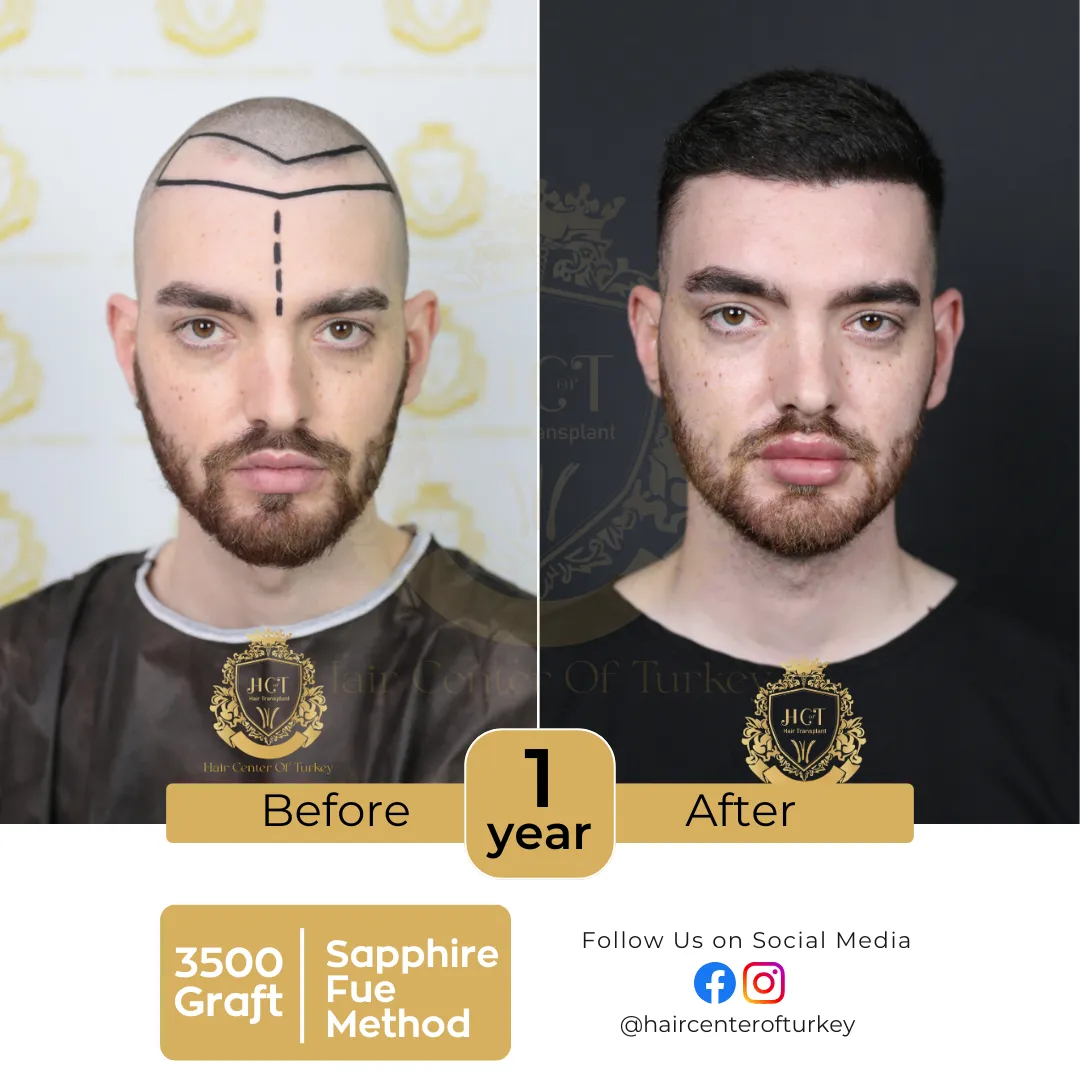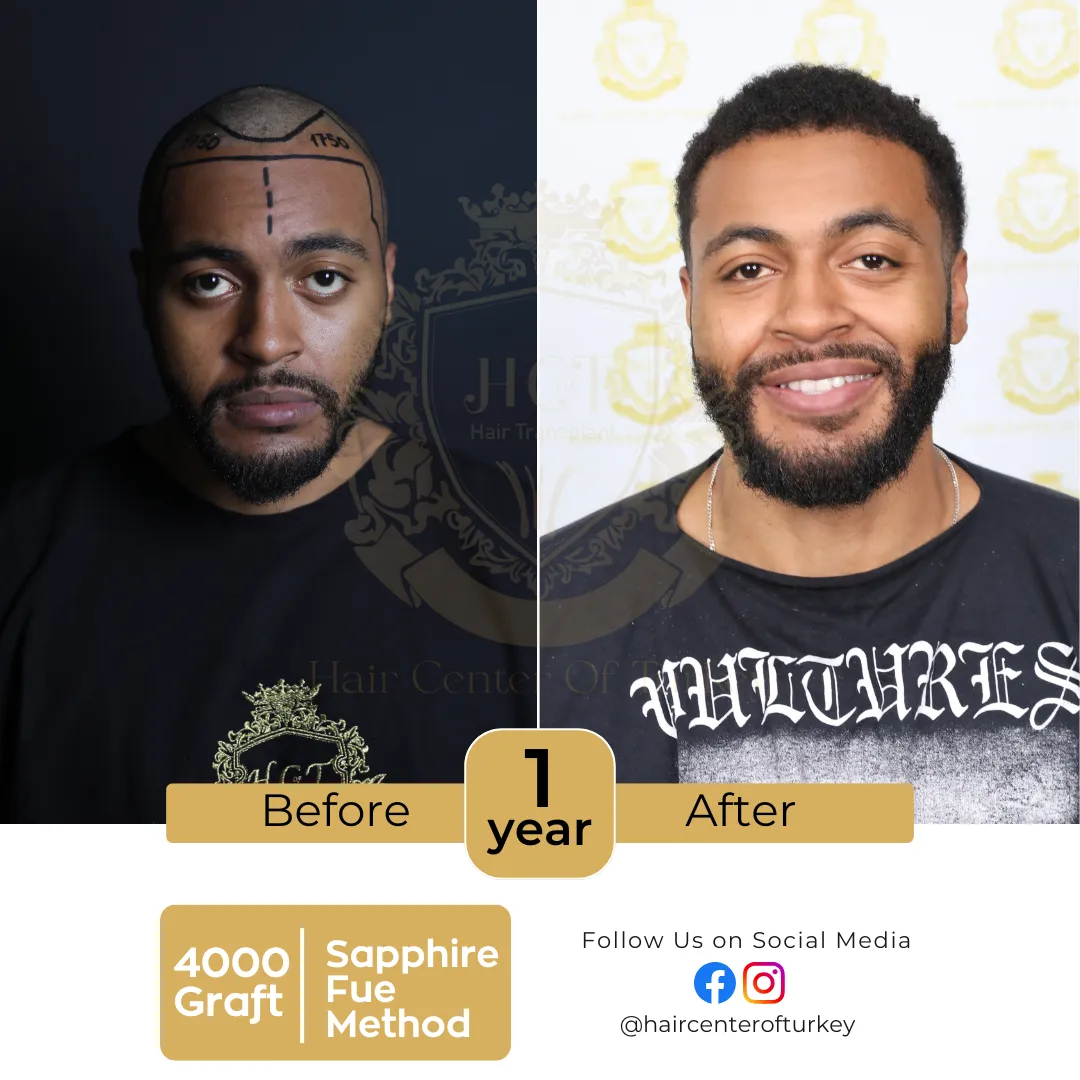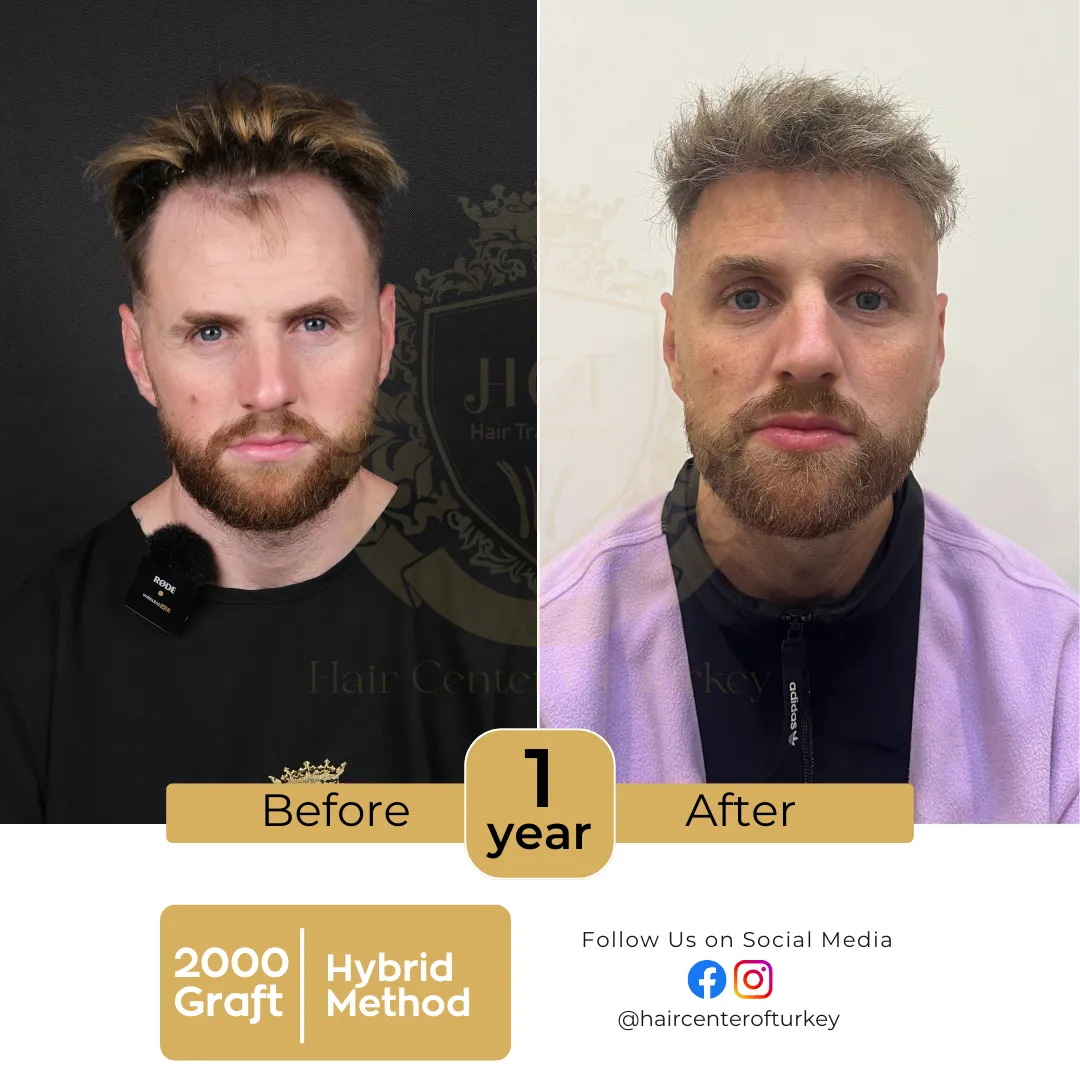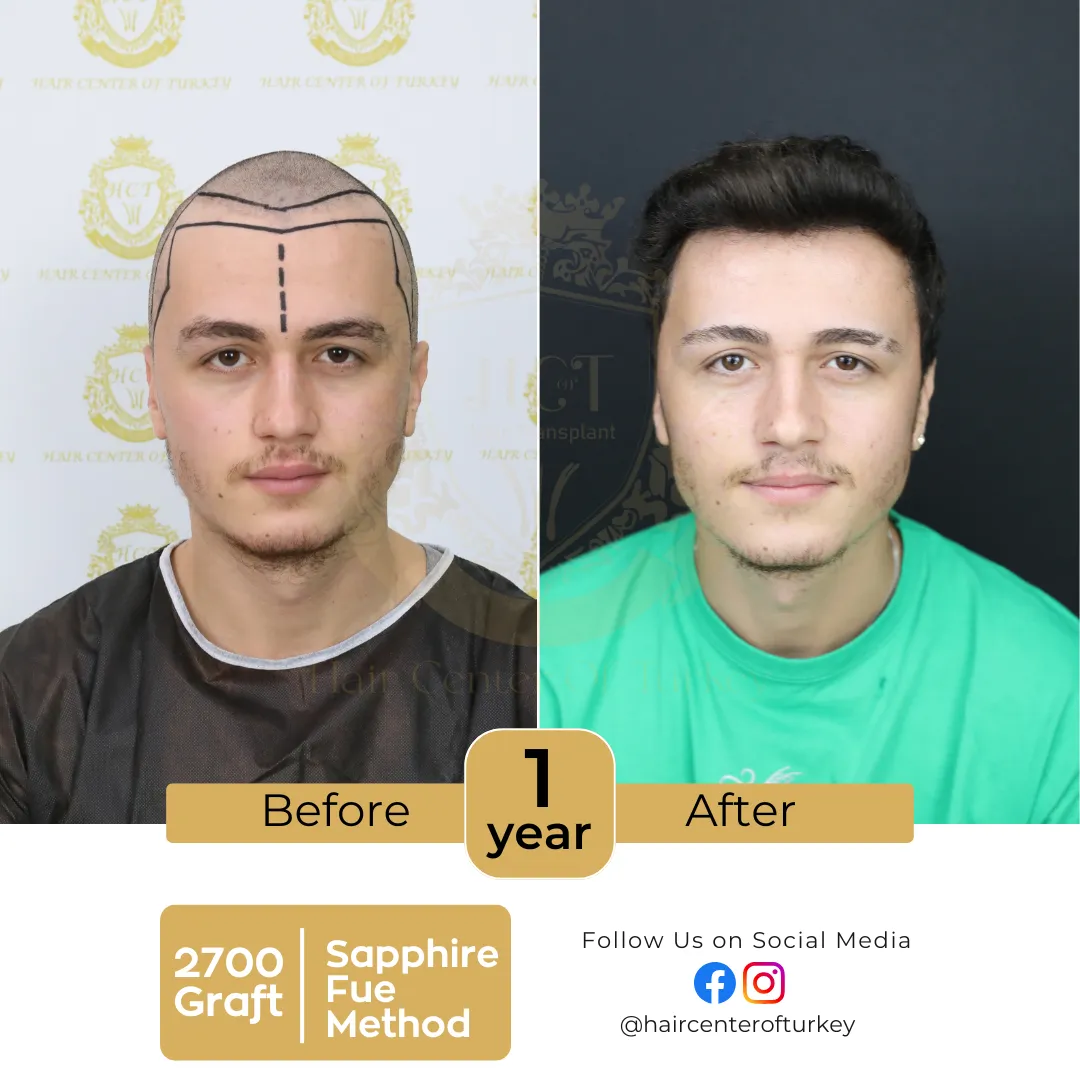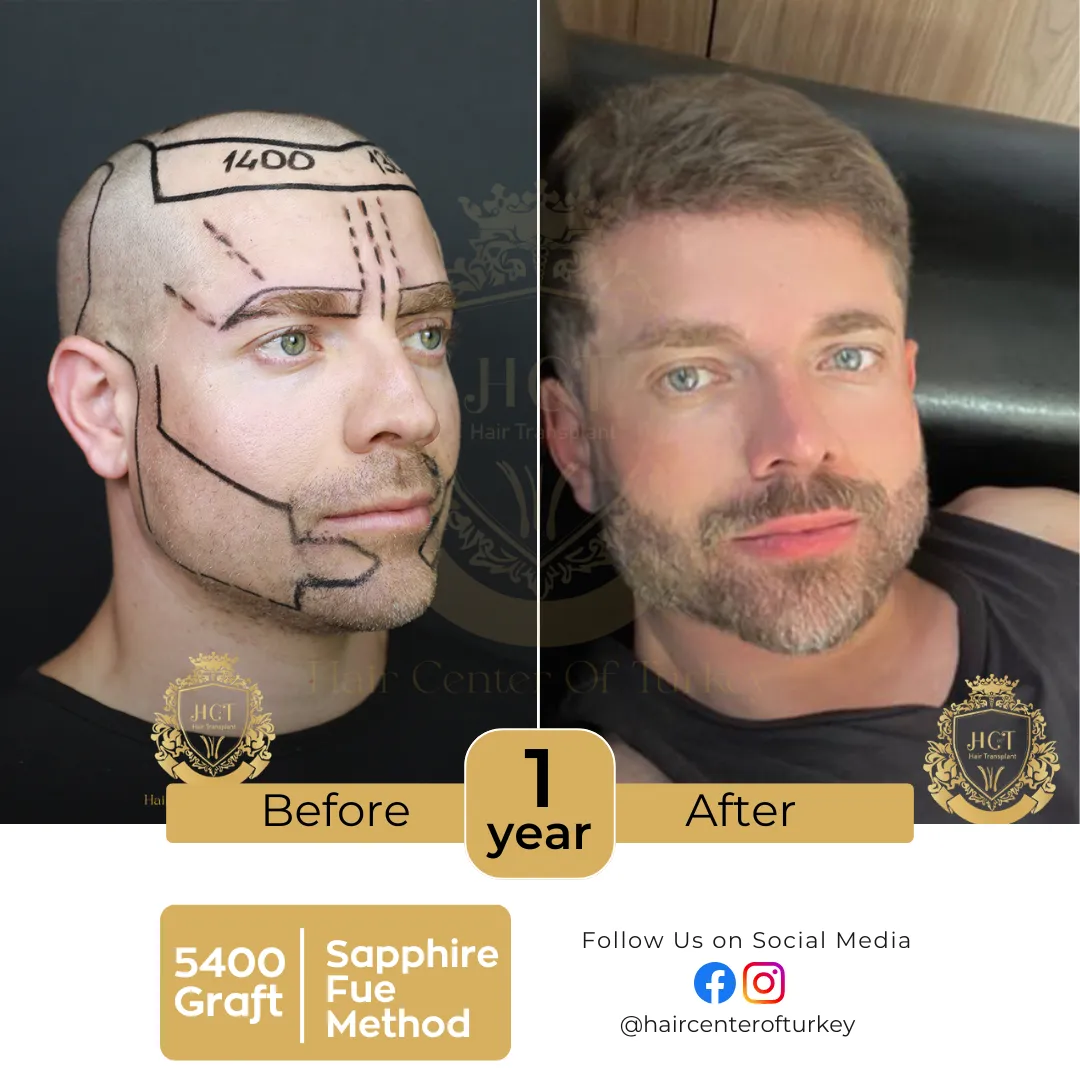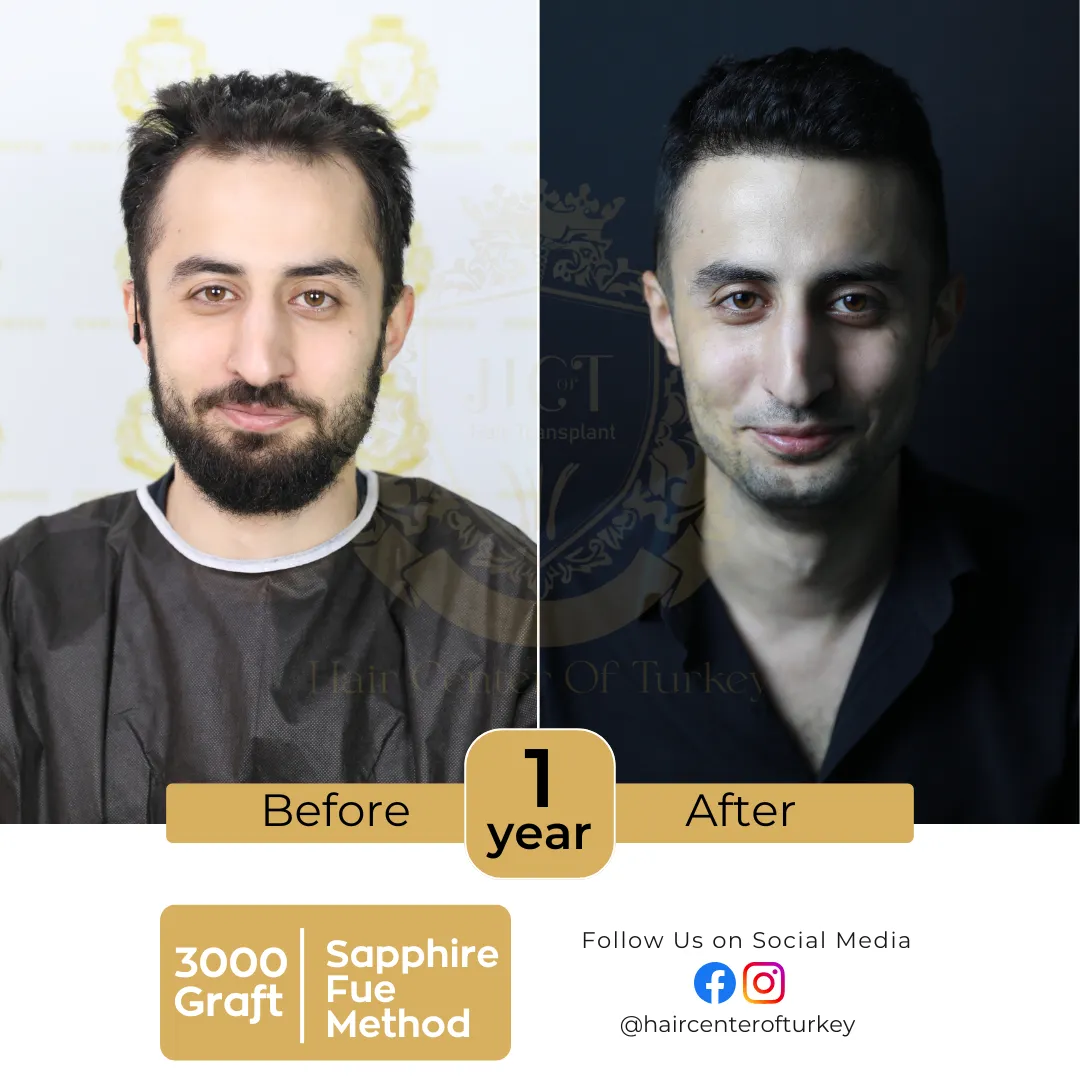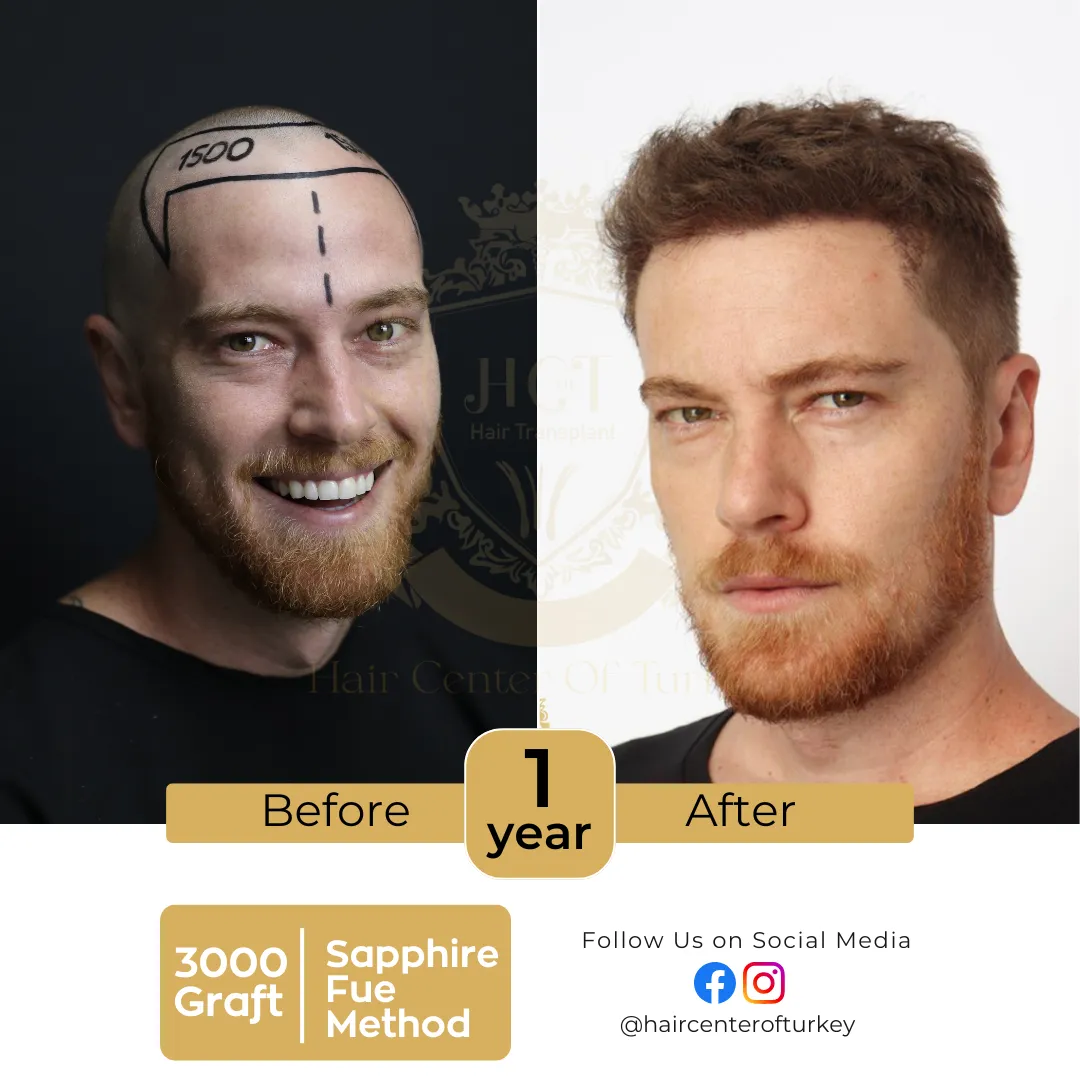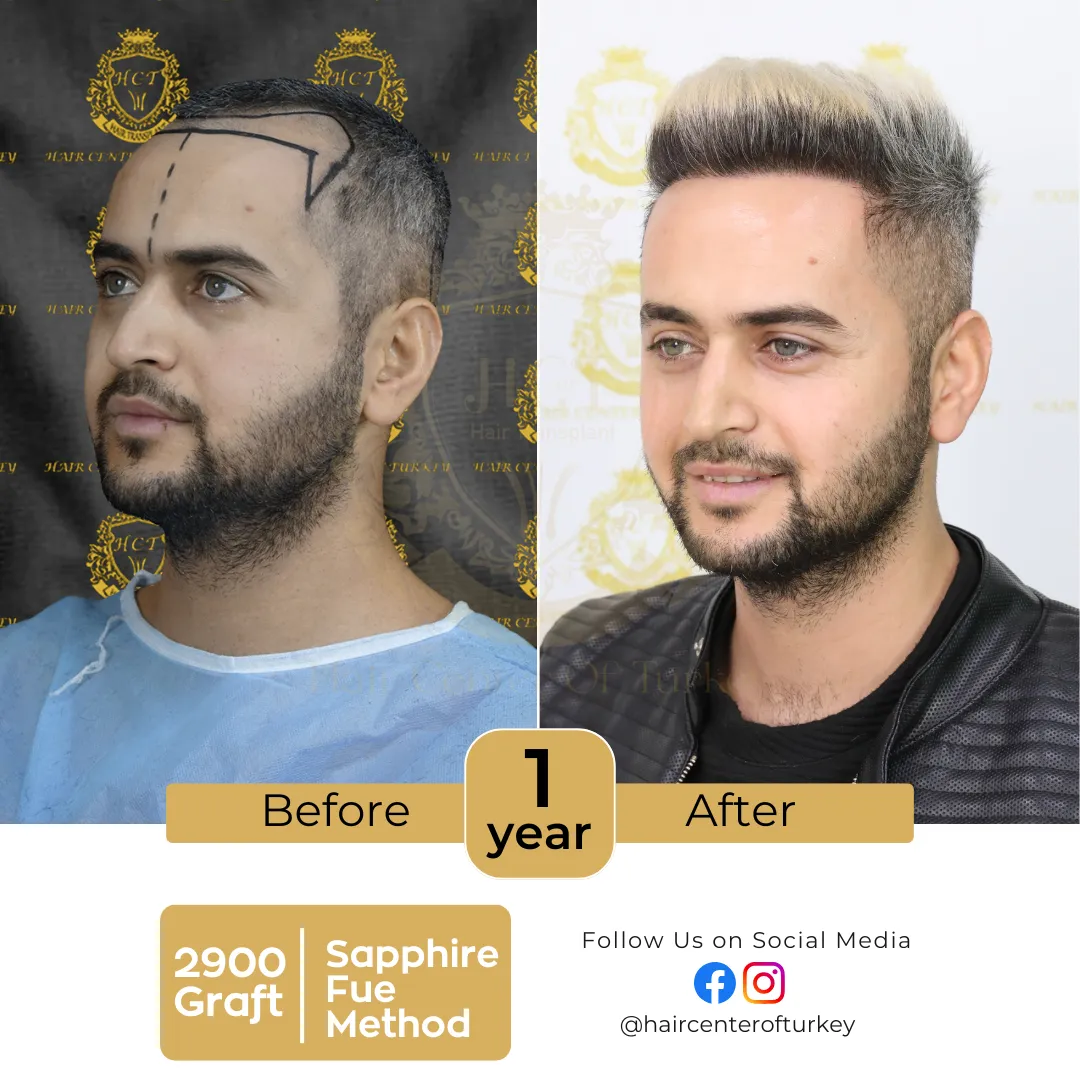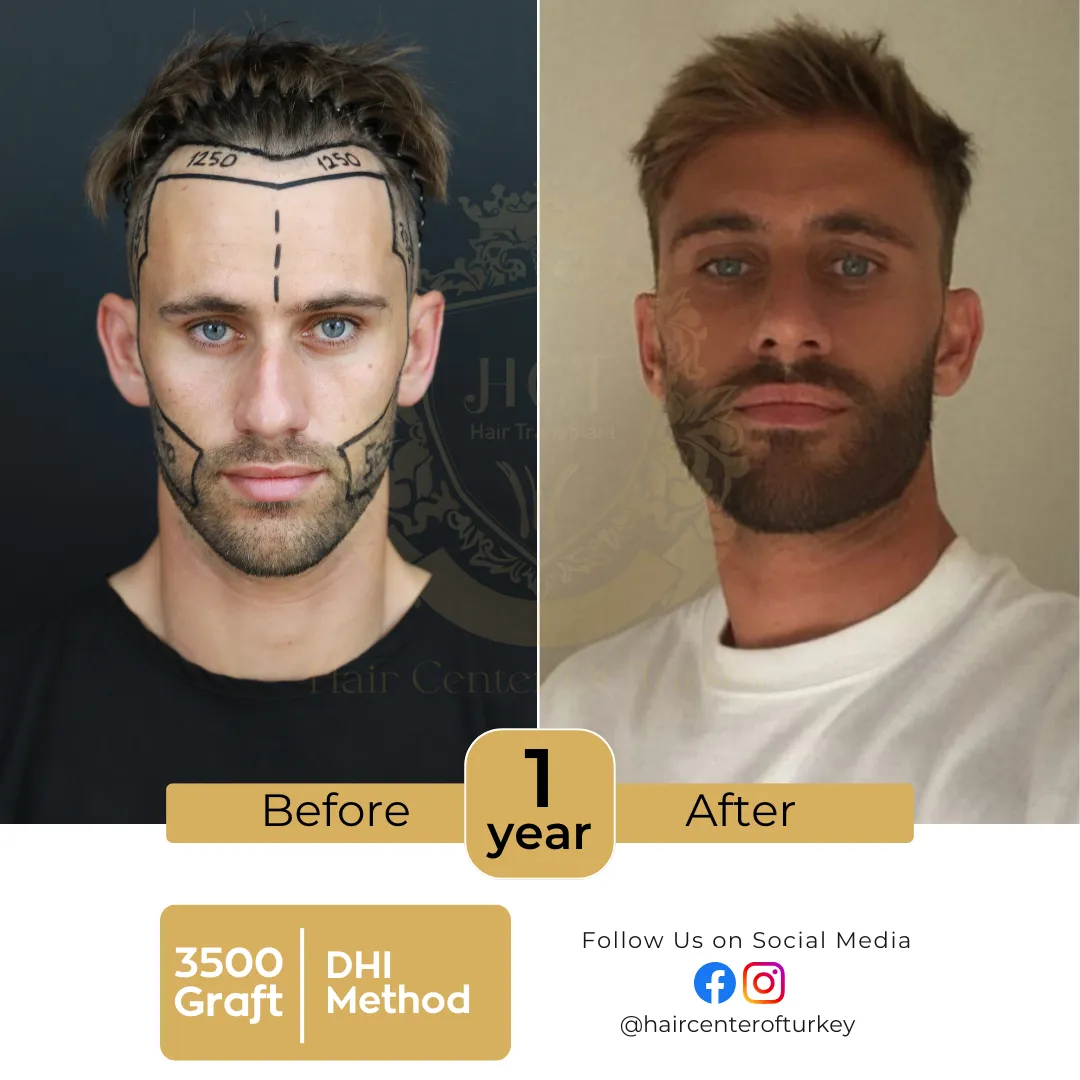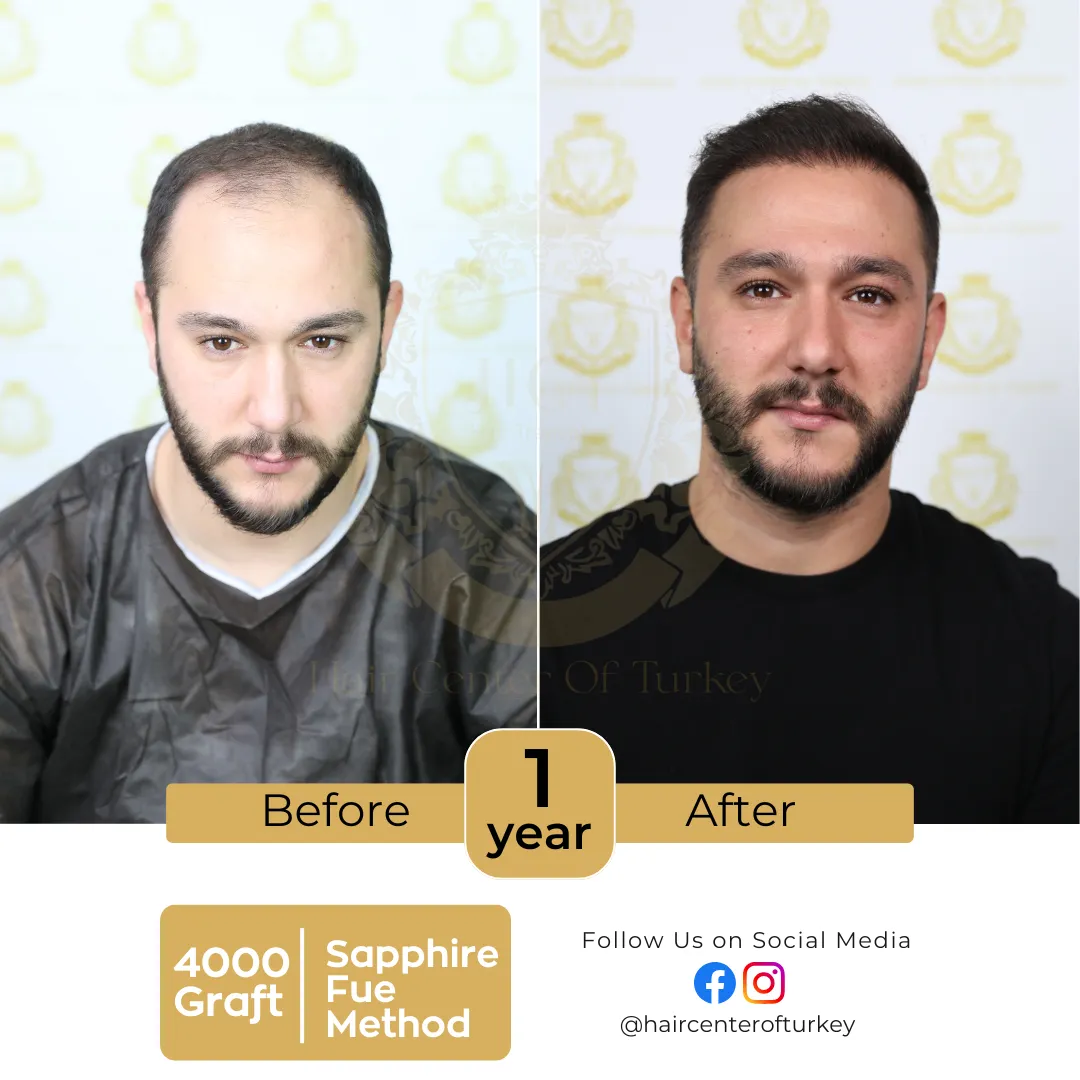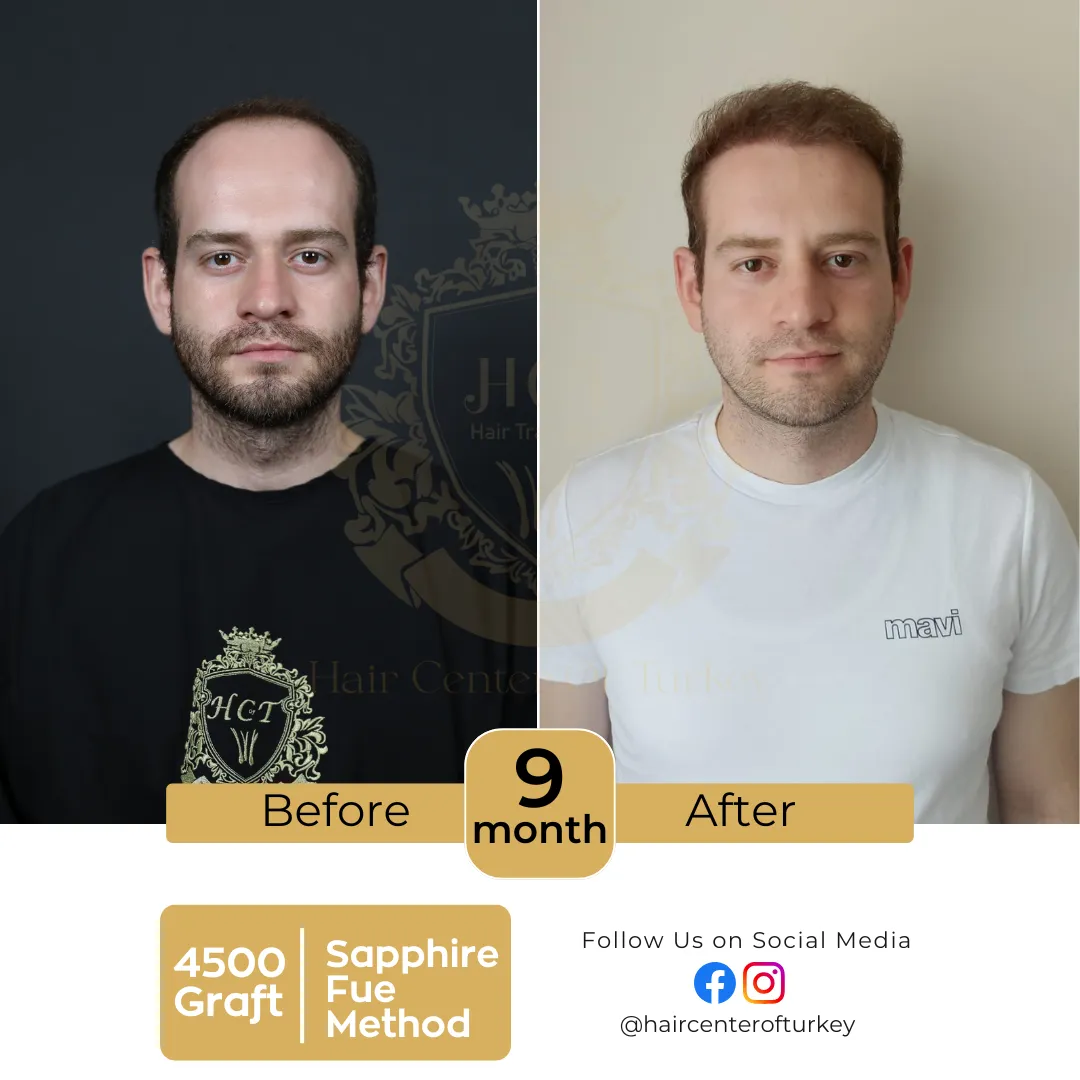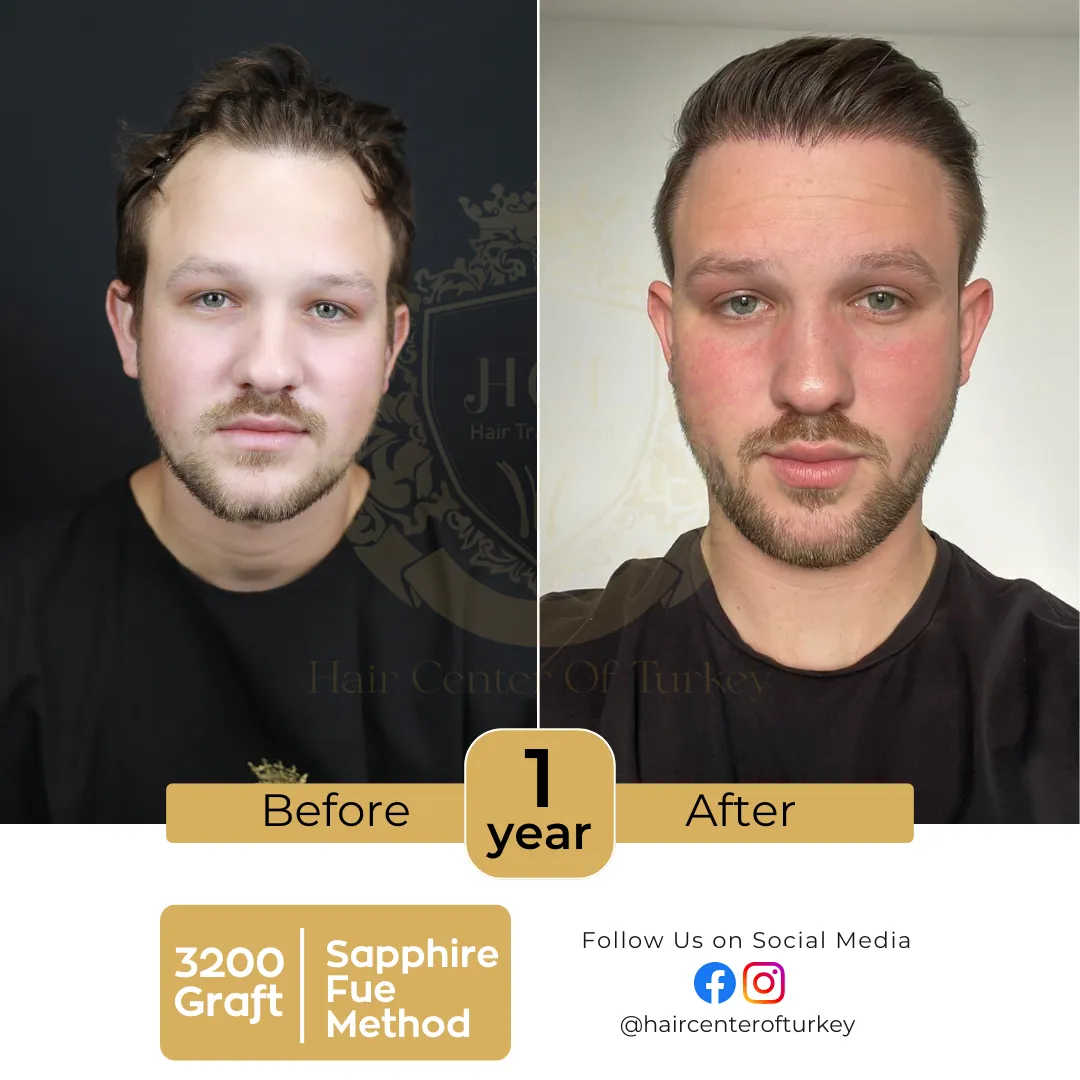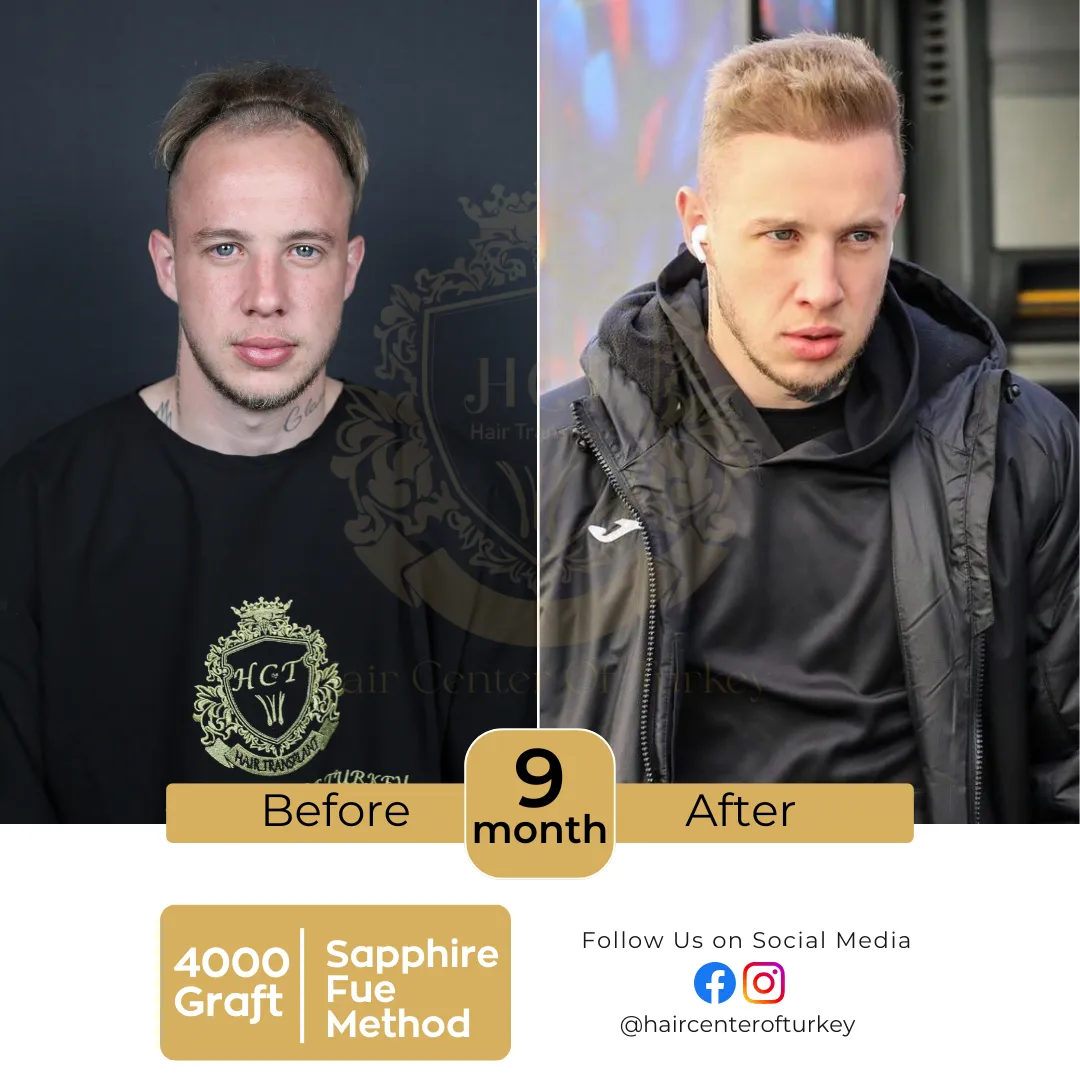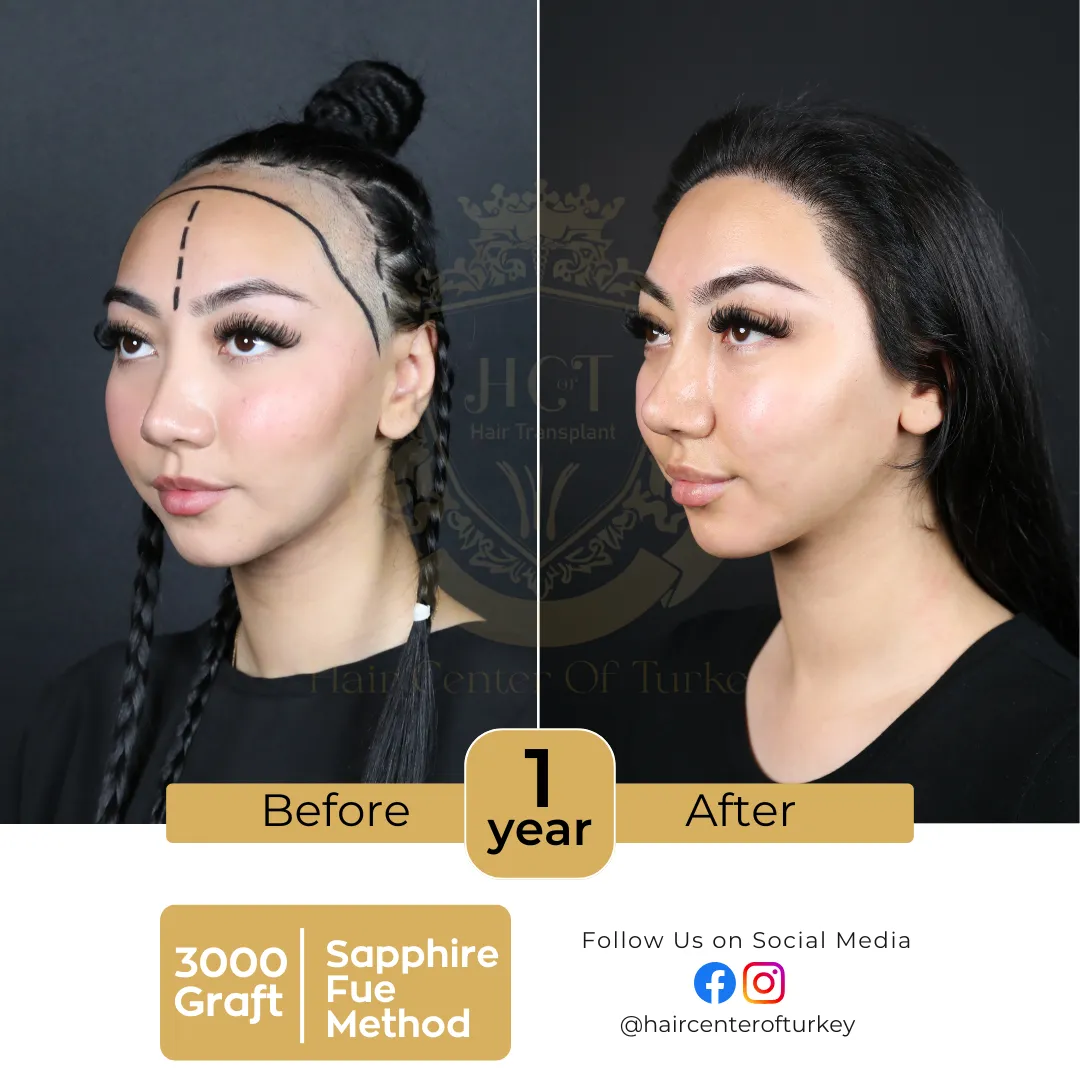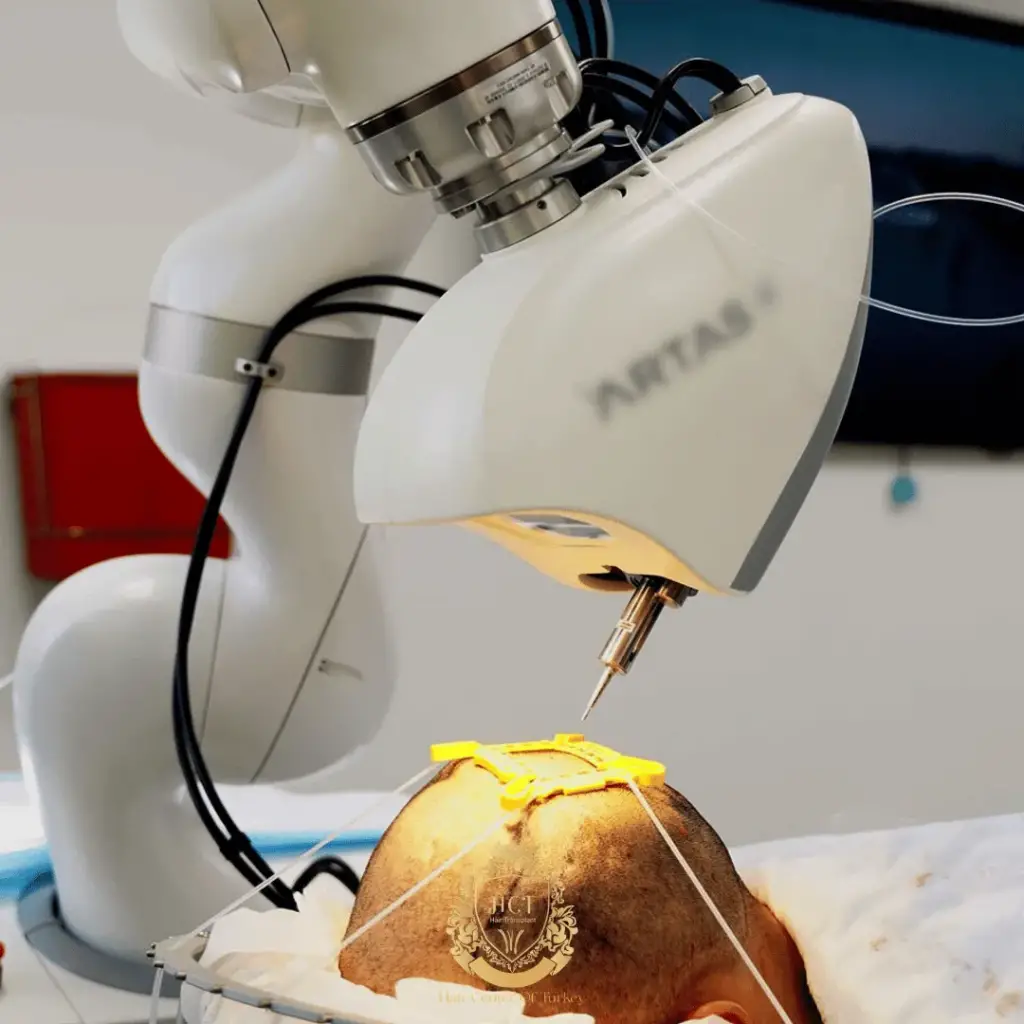Frontal Fibrosing Alopecia (FFA)
What Is Frontal Fibrosing Alopecia?
Frontal Fibrosing Alopecia (FFA) is a type of scarring alopecia that leads to permanent hair loss, primarily affecting the front hairline, temples, and eyebrows. This condition is most commonly seen in postmenopausal women, but it can also occur in younger women and, in rare cases, men.
Unlike temporary hair loss conditions, FFA results in the destruction of hair follicles, replacing them with scar tissue. Once hair is lost due to FFA, it does not grow back, making early detection and treatment crucial for managing its progression.
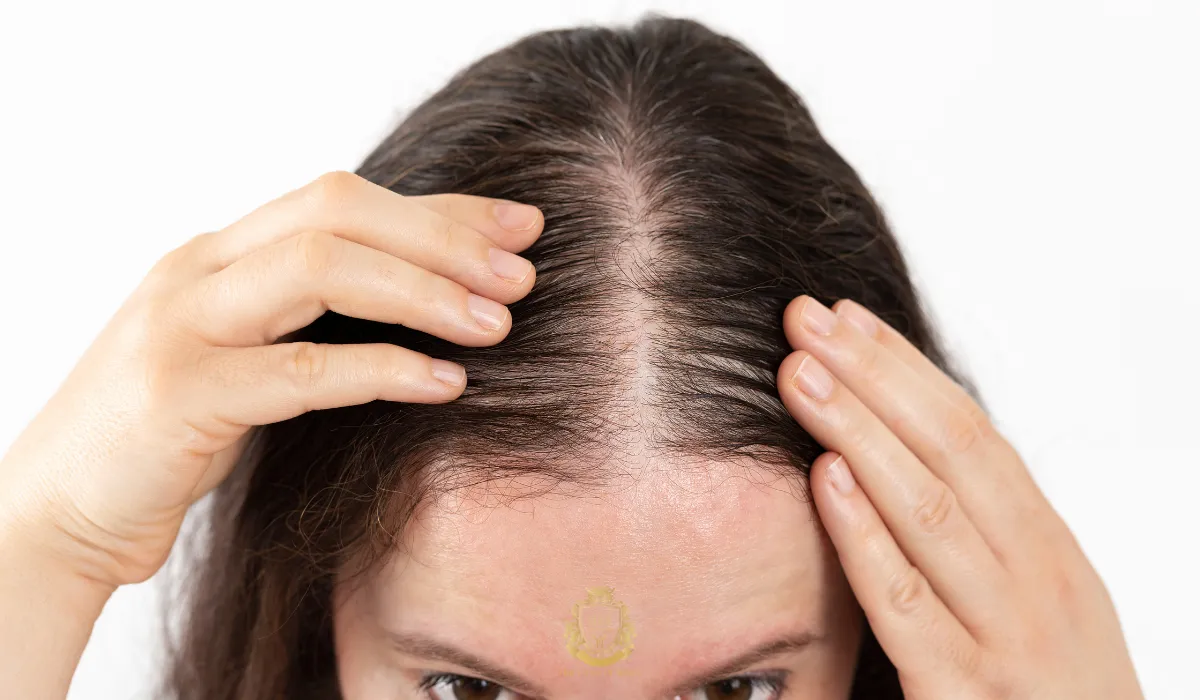
What Causes Frontal Fibrosing Alopecia?
The exact cause of FFA remains unknown, but researchers believe a combination of genetic, hormonal, and environmental factors contributes to its development.
Some potential causes include:
- Autoimmune Response – The immune system mistakenly attacks hair follicles, leading to inflammation and scarring.
- Hormonal Changes – The condition primarily affects postmenopausal women, suggesting a link to hormonal imbalances.
- Genetics – Some studies suggest that FFA may run in families, indicating a hereditary component.
- Environmental Triggers – Certain skincare products, sunscreens, and pollutants have been investigated as possible triggers.
Since FFA is a progressive condition, identifying and addressing these factors early may help slow its advancement.

Who Is at Risk for Frontal Fibrosing Alopecia?
Although FFA can affect anyone, certain individuals are more prone to developing this condition. The most common risk factors include:
- Postmenopausal Women – The majority of FFA cases occur in women over the age of 50.
- Individuals With a Family History of Hair Loss – Genetic predisposition may increase susceptibility.
- People With Autoimmune Diseases – Conditions such as lupus and thyroid disorders may contribute to FFA.
- Frequent Use of Skincare Products – Some studies suggest that the use of sunscreens or certain cosmetics might be linked to FFA, though more research is needed.
Symptoms of Frontal Fibrosing Alopecia
FFA typically develops slowly over time, making early symptoms easy to overlook. Common signs of FFA include:
- Gradual Receding Hairline – Hair loss usually starts at the front of the scalp, moving backward over time.
- Eyebrow Thinning or Loss – Many individuals experience eyebrow hair loss, sometimes before scalp hair loss begins.
- Redness and Irritation – The affected areas may appear inflamed, with visible redness around hair follicles.
- Itching and Burning Sensations – Some people feel discomfort or tingling in the scalp before noticing hair loss.
- Smooth, Shiny Scalp – As scarring progresses, the affected area may appear smooth due to the destruction of hair follicles.
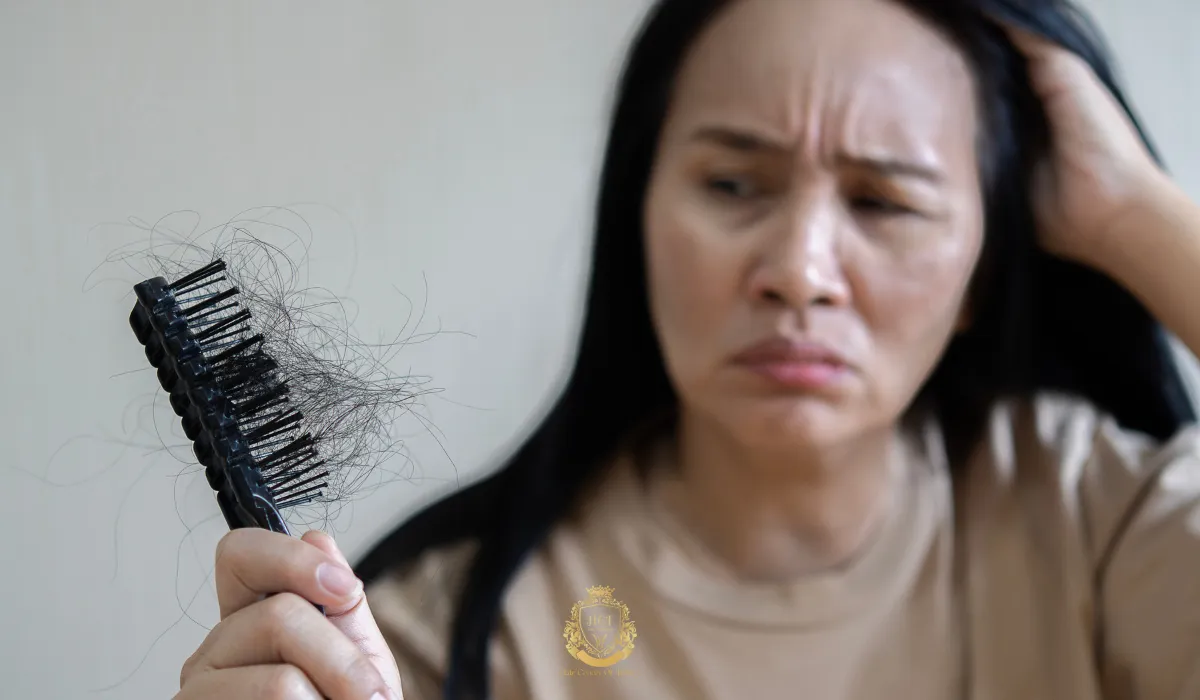
How Is Frontal Fibrosing Alopecia Diagnosed?
Diagnosing FFA requires a thorough evaluation by a dermatologist. Common diagnostic methods include:
- Scalp Examination – The doctor will assess hair loss patterns and signs of inflammation.
- Trichoscopy – A magnified scalp examination to analyze follicular damage.
- Scalp Biopsy – A small sample of scalp tissue may be taken for analysis to confirm the presence of scarring and inflammation.
- Blood Tests – These may be conducted to rule out other autoimmune or hormonal conditions.
Early diagnosis is essential to begin treatment before significant hair loss occurs.
Treatment Options for Frontal Fibrosing Alopecia
Although there is no cure for FFA, several treatments can help slow its progression and manage symptoms.
- Corticosteroids – Topical, oral, or injectable steroids help reduce inflammation and immune system activity.
- Anti-Androgen Medications – Finasteride and dutasteride may be prescribed to block hormones linked to hair loss.
- Hydroxychloroquine – An oral medication sometimes used to treat autoimmune-related hair loss.
- Platelet-Rich Plasma (PRP) Therapy – PRP injections may help improve scalp health and promote hair retention.
- Hair Transplant Surgery – In some cases, hair transplantation can be an option once inflammation is fully controlled.
Treatment success varies, and a combination of therapies is often needed for optimal results.
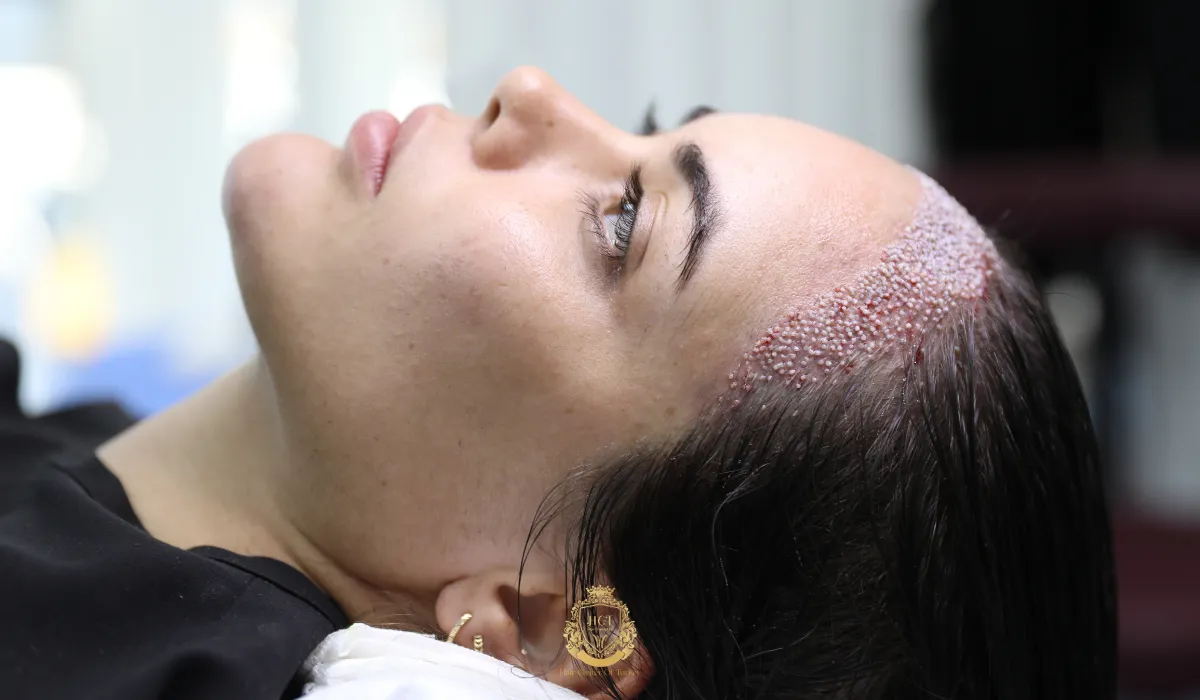
How to Manage and Prevent Further Hair Loss
While FFA cannot be reversed, certain lifestyle changes may help prevent additional hair loss and protect the scalp.
- Avoid Harsh Hair Treatments – Chemical treatments, excessive heat styling, and tight hairstyles can worsen hair loss.
- Use Gentle Hair Products – Opt for sulfate-free shampoos and soothing scalp treatments.
- Protect Your Scalp from Sun Exposure – Wear hats or use SPF protection to reduce UV damage.
- Follow a Nutrient-Rich Diet – Vitamins such as biotin, vitamin D, and iron support hair health.
- Reduce Stress Levels – Chronic stress can contribute to hair loss, so relaxation techniques like yoga or meditation may help.
F.A.Q. (Frequently Asked Questions)



